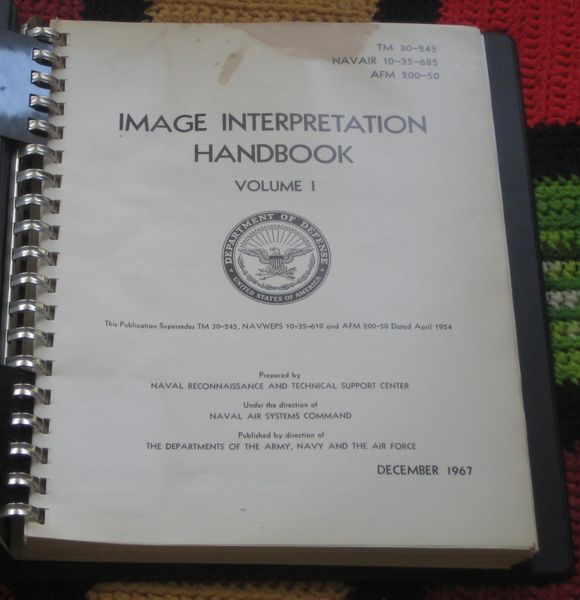
Mike Vale
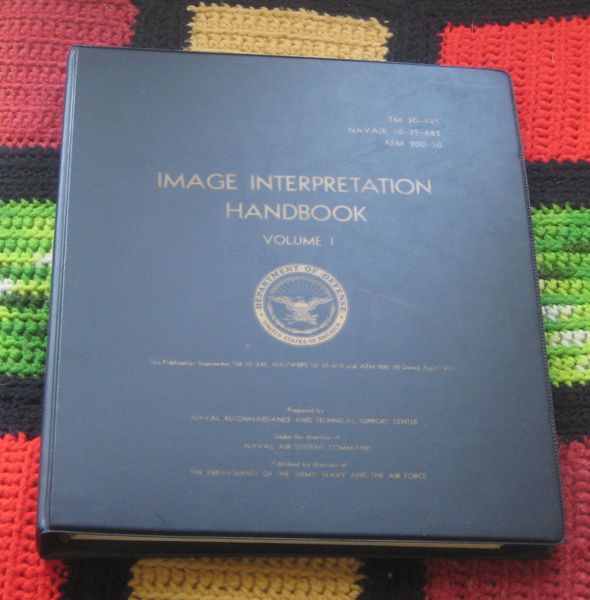
Mike Vale
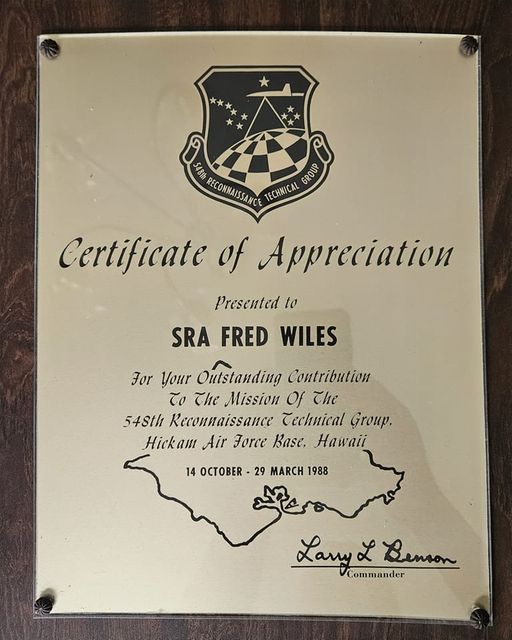
Fred Wiles
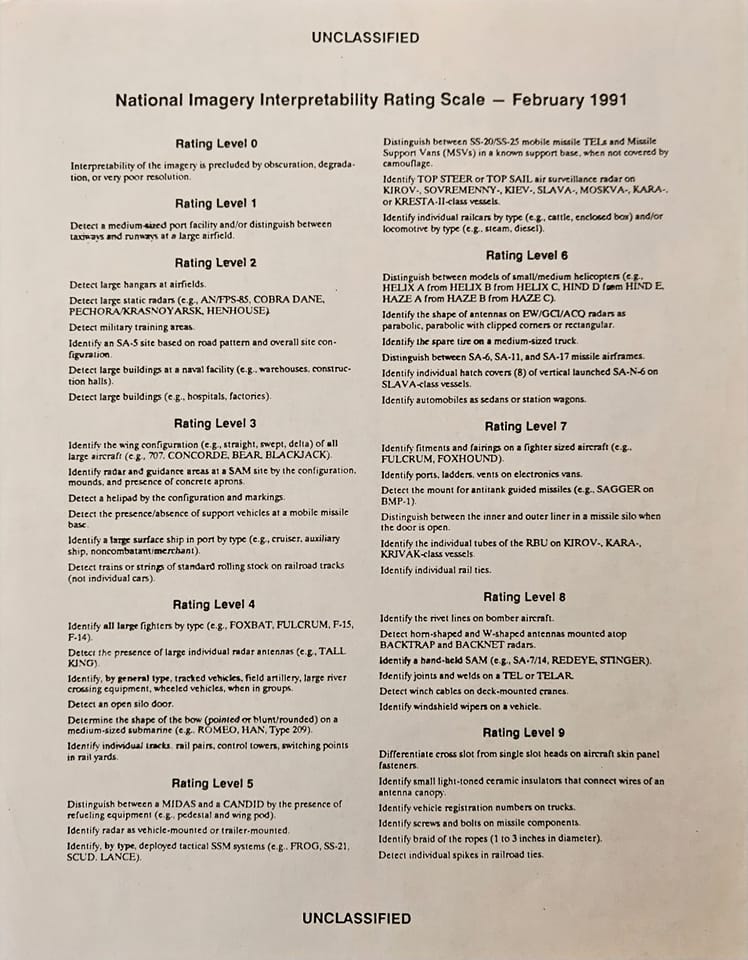
Fred Wiles
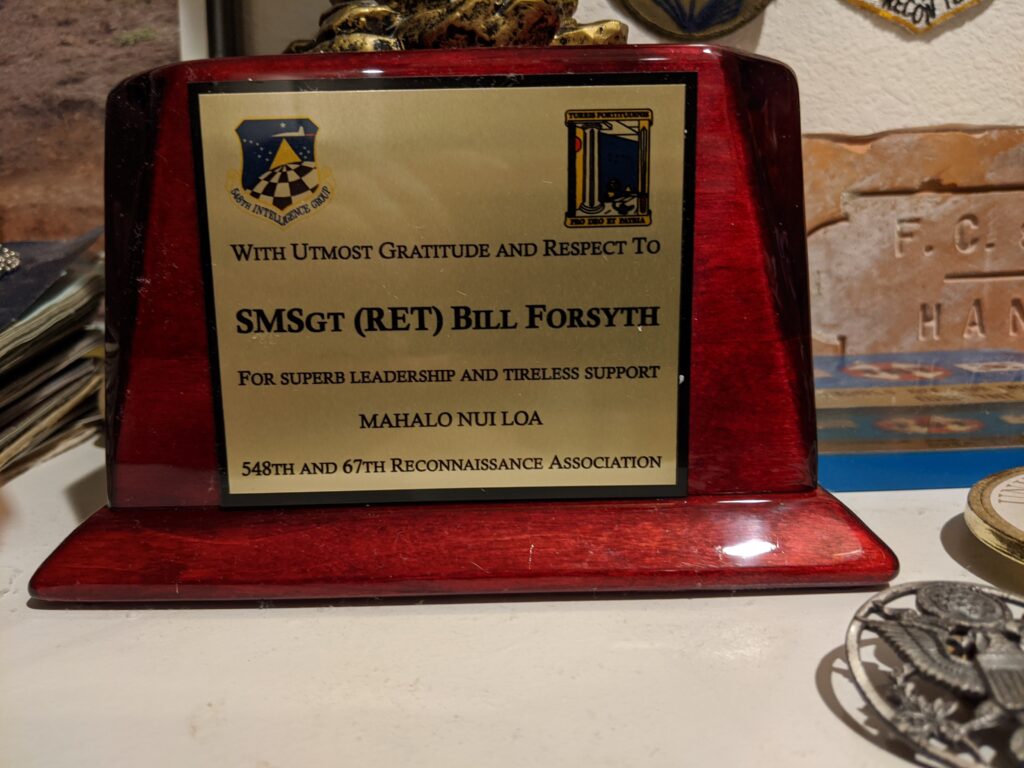
Trophy presented to Mr. Forsyth by Col (ret) Larry Benson and BG (ret) Jim Grant (Photo Courtesy of Bill Forsyth)
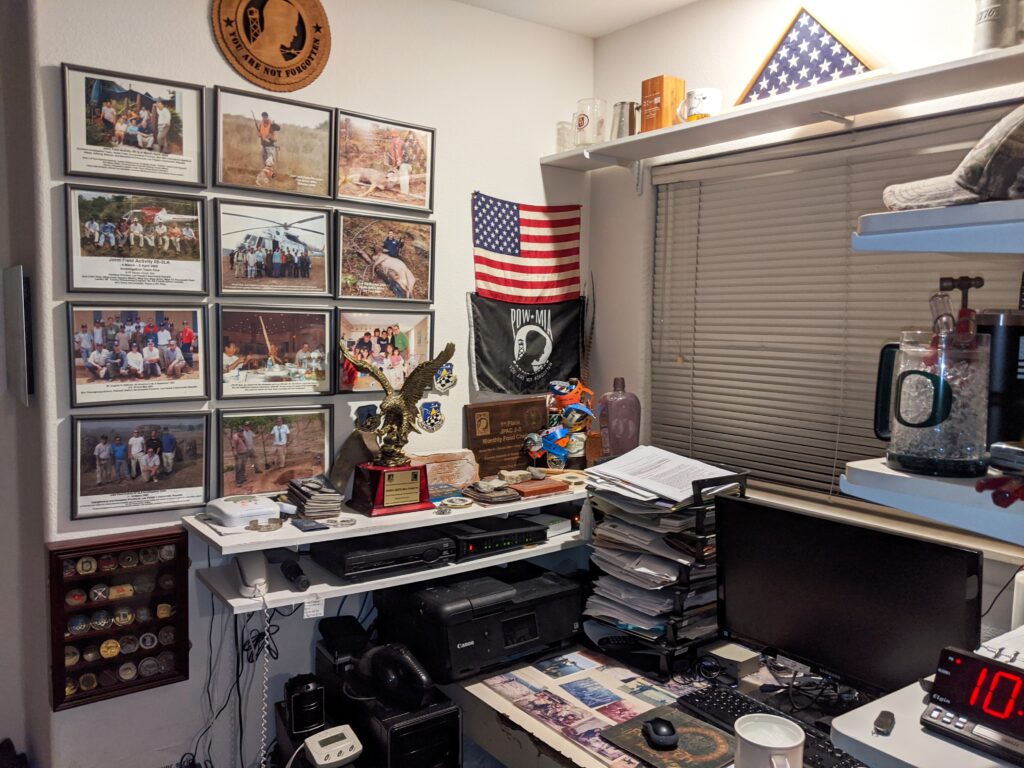
Trophy in Bill’s man cave. Flag on wall I got in Basic Training and carried it with me everywhere I went in both of my careers. the flag over the window was my retirement gift from the 548th. To the right of the flag is my coffee cup with Snoopy pissing on a light table, I had it made in 1969 and used it until I retired in 2008; “NORMALLY” only washed when I PCS’ed
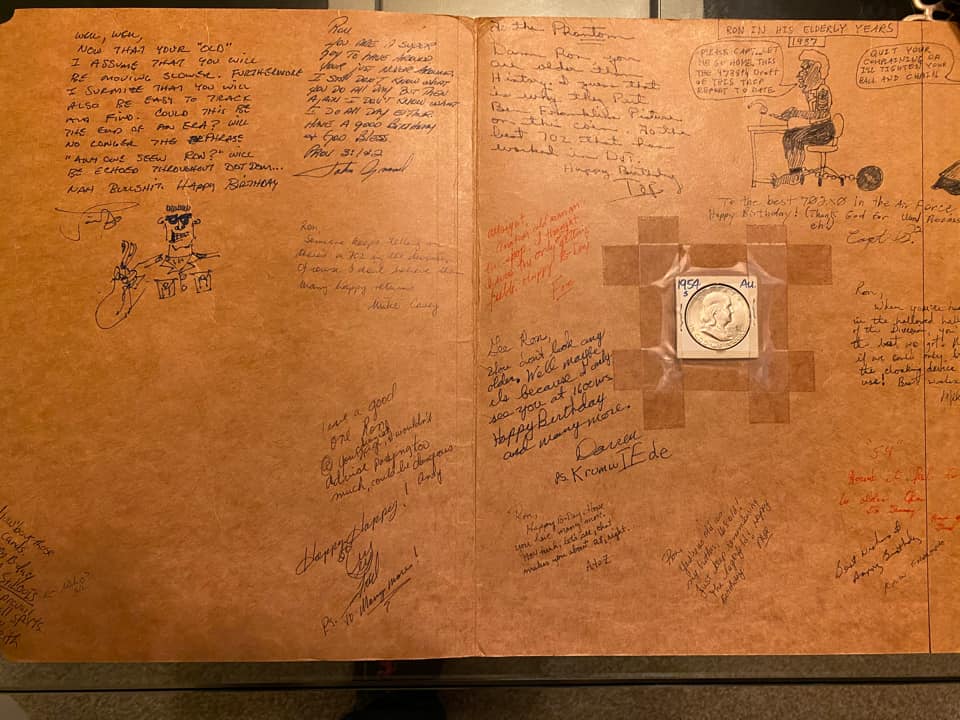
“Birthday Card” presented to Ron Young (Photo Courtesy of Ron Young)
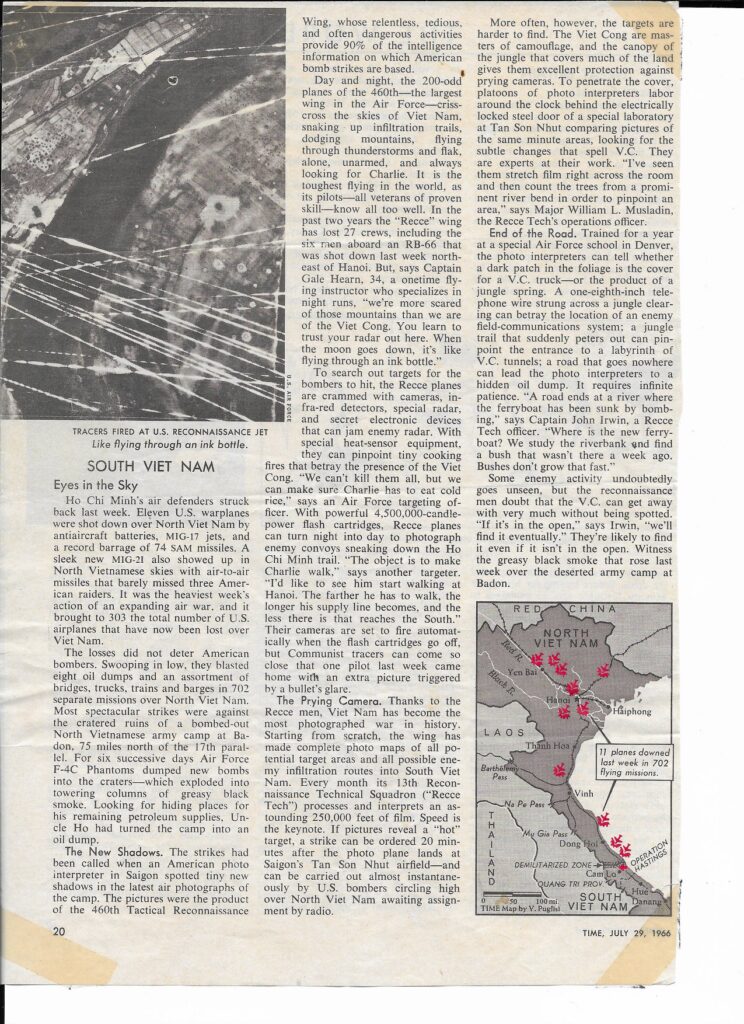
South Viet Nam: Eyes in the Sky
Friday, July 29, 1966
Ho Chi Minh’s air defenders struck back last week. Eleven U.S. warplanes were shot down over North Viet Nam by antiaircraft batteries, MIG-17 jets, and a record barrage of 74 SAM missiles. A sleek new MIG-21 also showed up in North Vietnamese skies with air-to-air missiles that barely missed three American raiders. It was the heaviest week’s action of an expanding air war, and it brought to 303 the total number of U.S. airplanes that have now been lost over Viet Nam.
The losses did not deter American bombers. Swooping in low, they blasted eight oil dumps and an assortment of bridges, trucks, trains and barges in 702 separate missions over North Viet Nam. Most spectacular strikes were against the cratered ruins of a bombed-out North Vietnamese army camp at Badon, 75 miles north of the 17th parallel. For six successive days Air Force F-4C Phantoms dumped new bombs into the craters—which exploded into towering columns of greasy black smoke. Looking for hiding places for his remaining petroleum supplies, Uncle Ho had turned the camp into an oil dump.
The New Shadows. The strikes had been called when an American photo interpreter in Saigon spotted tiny new shadows in the latest air photographs of the camp. The pictures were the product of the 460th Tactical Reconnaissance Wing, whose relentless, tedious, and often dangerous activities provide 90% of the intelligence information on which American bomb strikes are based.
Day and night, the 200-odd planes of the 460th—the largest wing in the Air Force—criss-cross the skies of Viet Nam, snaking up infiltration trails, dodging mountains, flying through thunderstorms and flak, alone, unarmed, and always looking for Charlie. It is the toughest flying in the world, as its pilots—all veterans of proven skill—know all too well. In the past two years the “Recce” wing has lost 27 crews, including the six men aboard an RB-66 that was shot down last week northeast of Hanoi. But, says Captain Gale Hearn, 34, a onetime flying instructor who specializes in night runs, “we’re more scared of those mountains than we are of the Viet Cong. You learn to trust your radar out here. When the moon goes down, it’s like flying through an ink bottle.”
To search out targets for the bombers to hit, the Recce planes are crammed with cameras, infra-red detectors, special radar, and secret electronic devices that can jam enemy radar. With special heat-sensor equipment, they can pinpoint tiny cooking fires that betray the presence of the Viet Cong. “We can’t kill them all, but we can make sure Charlie has to eat cold rice,” says an Air Force targeting officer. With powerful 4,500,000-candle-power flash cartridges, Recce planes can turn night into day to photograph enemy convoys sneaking down the Ho Chi Minh trail. “The object is to make Charlie walk,” says another targeter. “I’d like to see him start walking at Hanoi. The farther he has to walk, the longer his supply line becomes, and the less there is that reaches the South.” Their cameras are set to fire automatically when the flash cartridges go off, but Communist tracers can come so close that one pilot last week came home with an extra picture triggered by a bullet’s glare.
The Prying Camera. Thanks to the Recce men, Viet Nam has become the most photographed war in history. Starting from scratch, the wing has made complete photo maps of all potential target areas and all possible enemy infiltration routes into South Viet Nam. Every month its 13th Reconnaissance Technical Squadron (“Recce Tech”) processes and interprets an astounding 250,000 feet of film. Speed is the keynote. If pictures reveal a “hot” target, a strike can be ordered 20 minutes after the photo plane lands at Saigon’s Tan Son Nhut airfield—and can be carried out almost instantaneously by U.S. bombers circling high over North Viet Nam awaiting assignment by radio.
More often, however, the targets are harder to find. The Viet Cong are masters of camouflage, and the canopy of the jungle that covers much of the land gives them excellent protection against prying cameras. To penetrate the cover, platoons of photo interpreters labor around the clock behind the electrically locked steel door of a special laboratory at Tan Son Nhut comparing pictures of the same minute areas, looking for the subtle changes that spell V.C. They are experts at their work. “I’ve seen them stretch film right across the room and then count the trees from a prominent river bend in order to pinpoint an area,” says Major William L. Musladin, the Recce Tech’s operations officer.
End of the Road. Trained for a year at a special Air Force school in Denver, the photo interpreters can tell whether a dark patch in the foliage is the cover for a V.C. truck—or the product of a jungle spring. A one-eighth-inch telephone wire strung across a jungle clearing can betray the location of an enemy field-communications system; a jungle trail that suddenly peters out can pinpoint the entrance to a labyrinth of V.C. tunnels; a road that goes nowhere can lead the photo interpreters to a hidden oil dump. It requires infinite patience. “A road ends at a river where the ferryboat has been sunk by bombing,” says Captain John Irwin, a Recce Tech officer. “Where is the new ferryboat? We study the riverbank and find a bush that wasn’t there a week ago. Bushes don’t grow that fast.”
Some enemy activity undoubtedly goes unseen, but the reconnaissance men doubt that the V.C. can get away with very much without being spotted. “If it’s in the open,” says Irwin, “we’ll find it eventually.” They’re likely to find it even if it isn’t in the open. Witness the greasy black smoke that rose last week over the deserted army camp at Badon.
1966 Time article on Recce (Courtesy of Mike Vale)
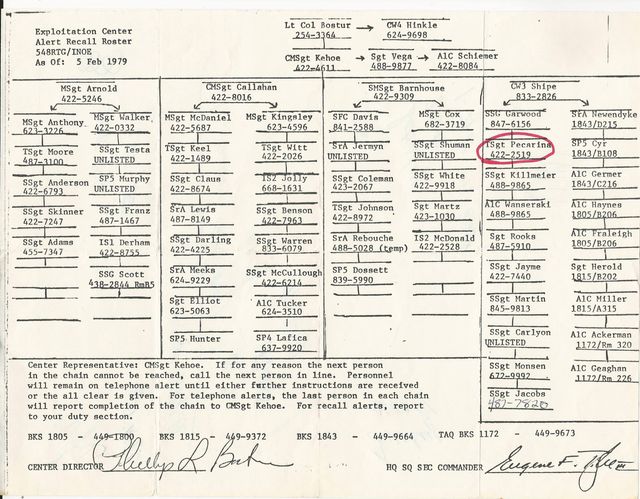
This roster is aptly named Here, nearly 40 years late, it’s hard to recall the names of some of these folks without it. (Courtesy of John Pecarina)
The below images were provided by Tom Russell, who saved them from the dumpster when JICPAC took over.
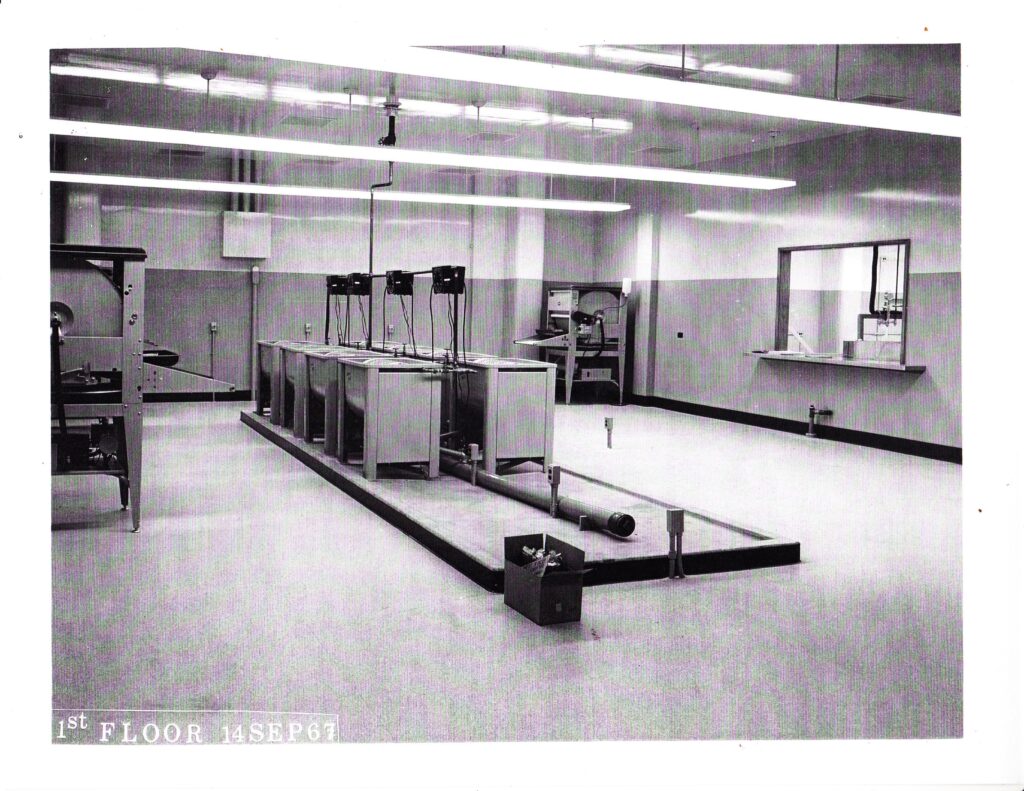
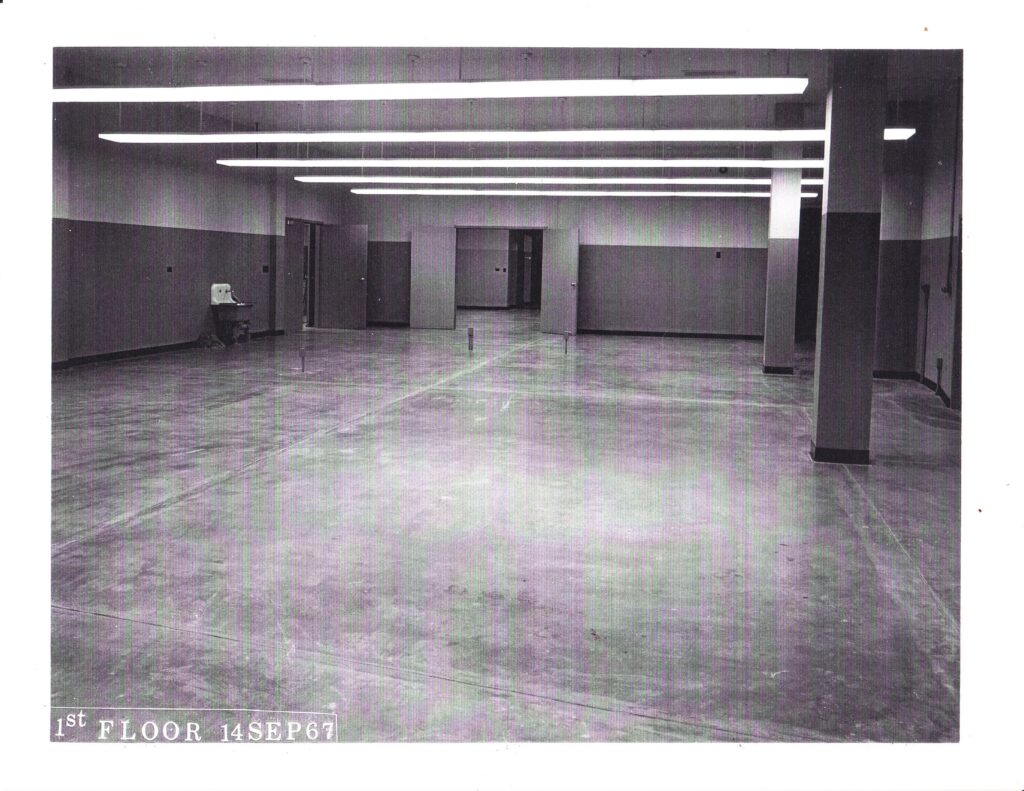
Photo Lab space when construction was completed on Hangar 3.
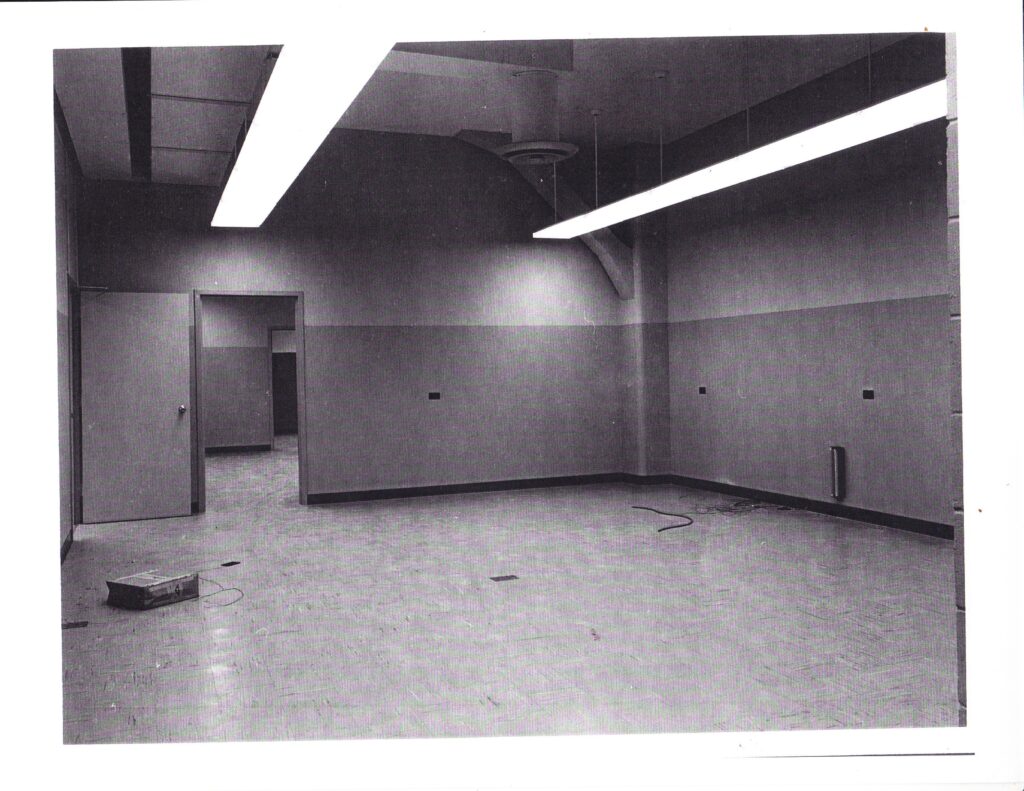
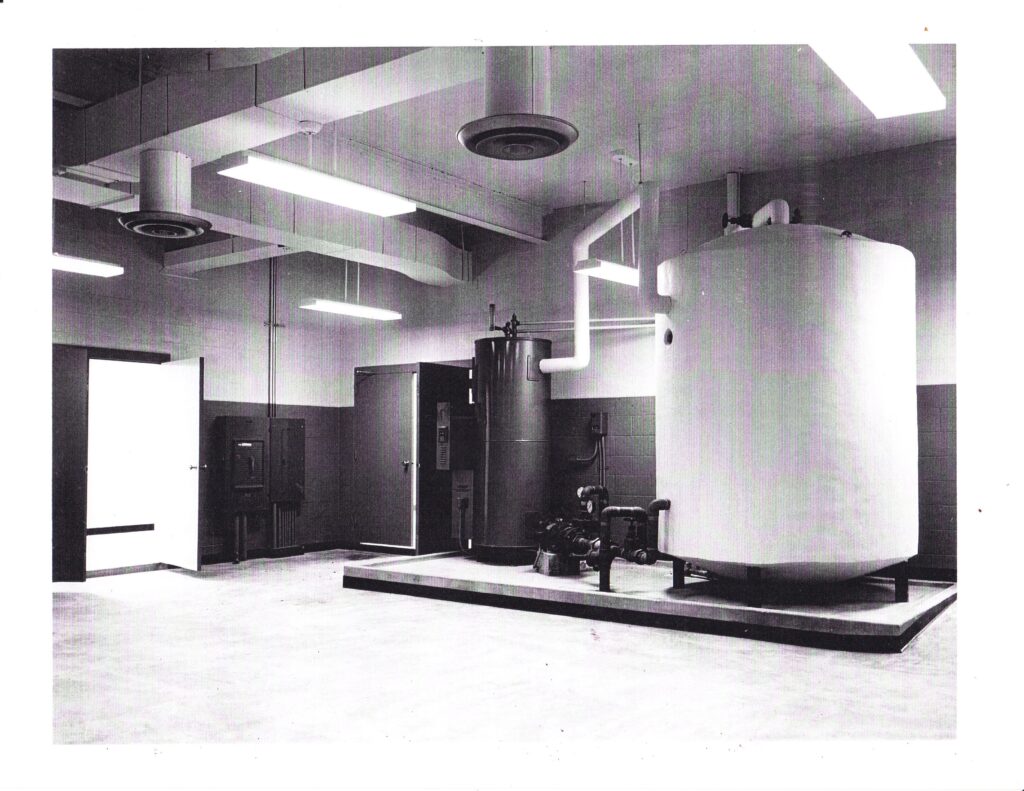
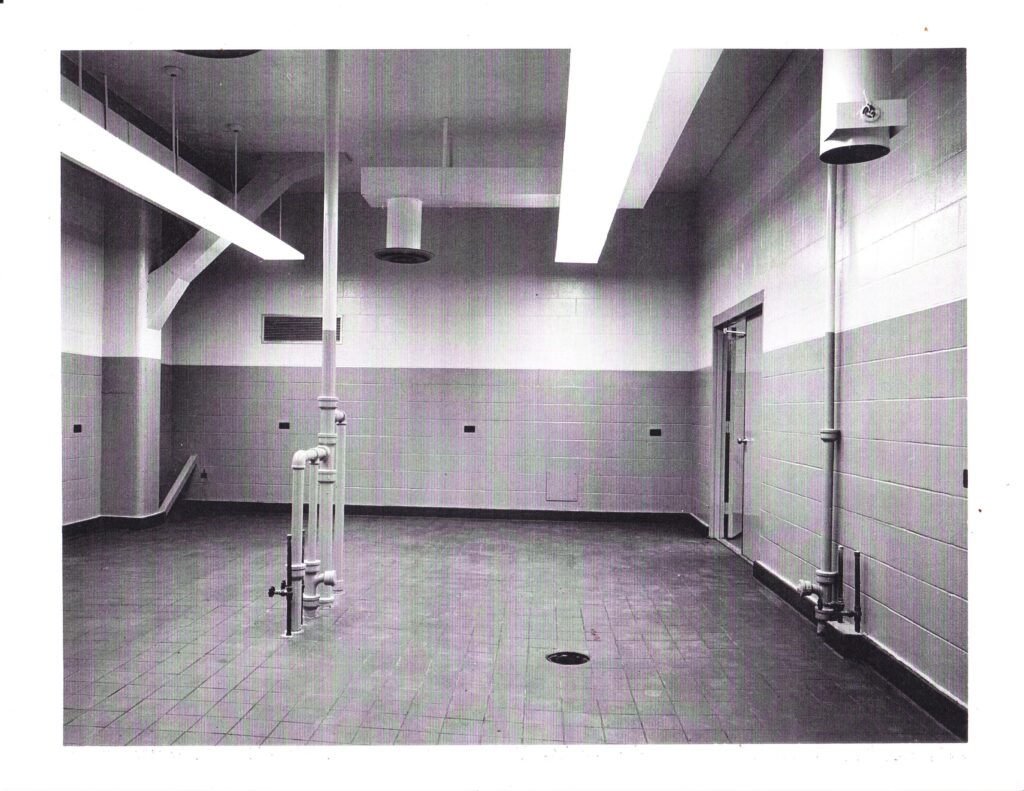
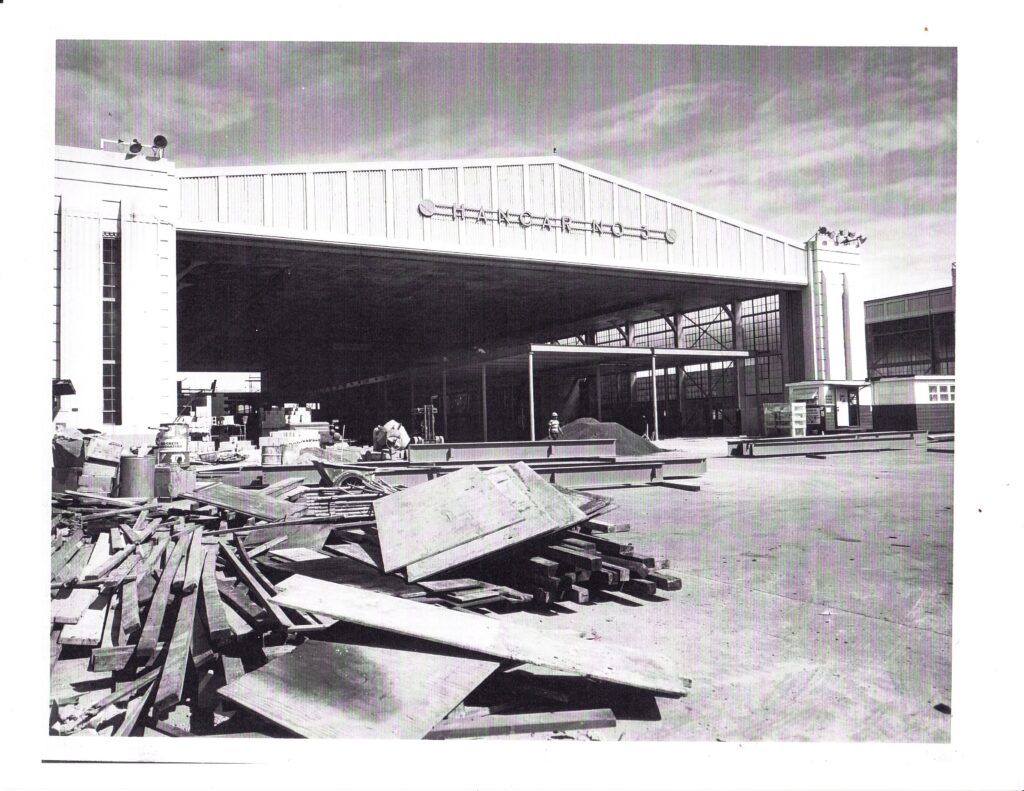
Construction on Hangar 3.
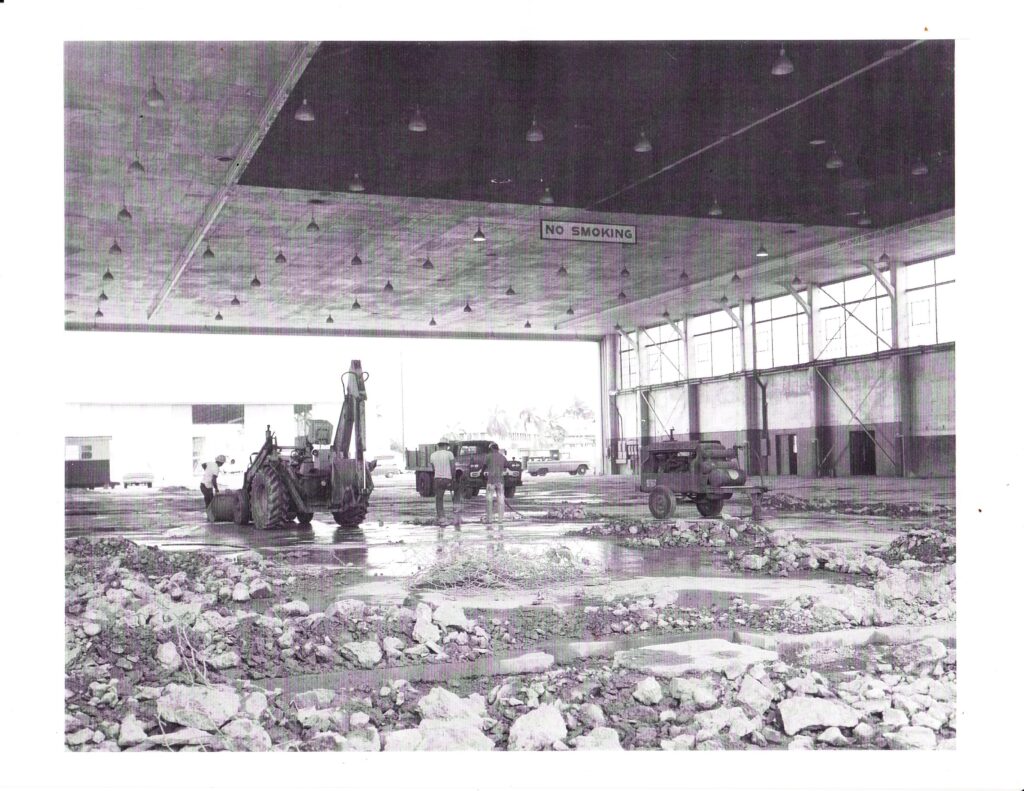
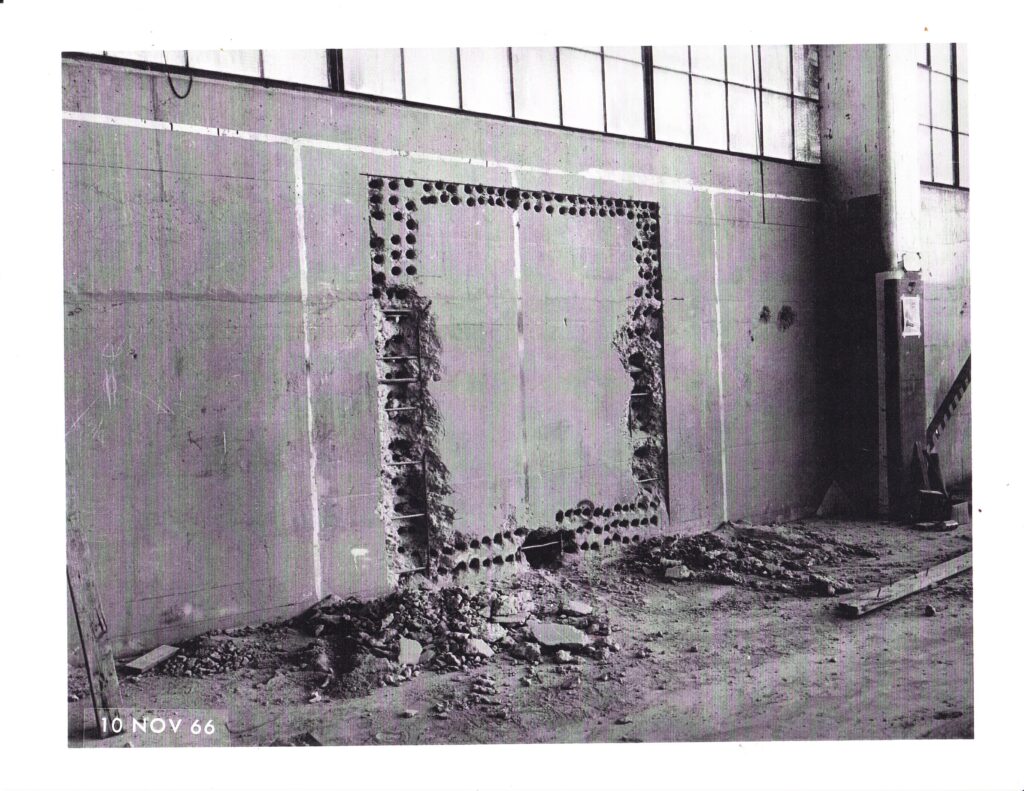
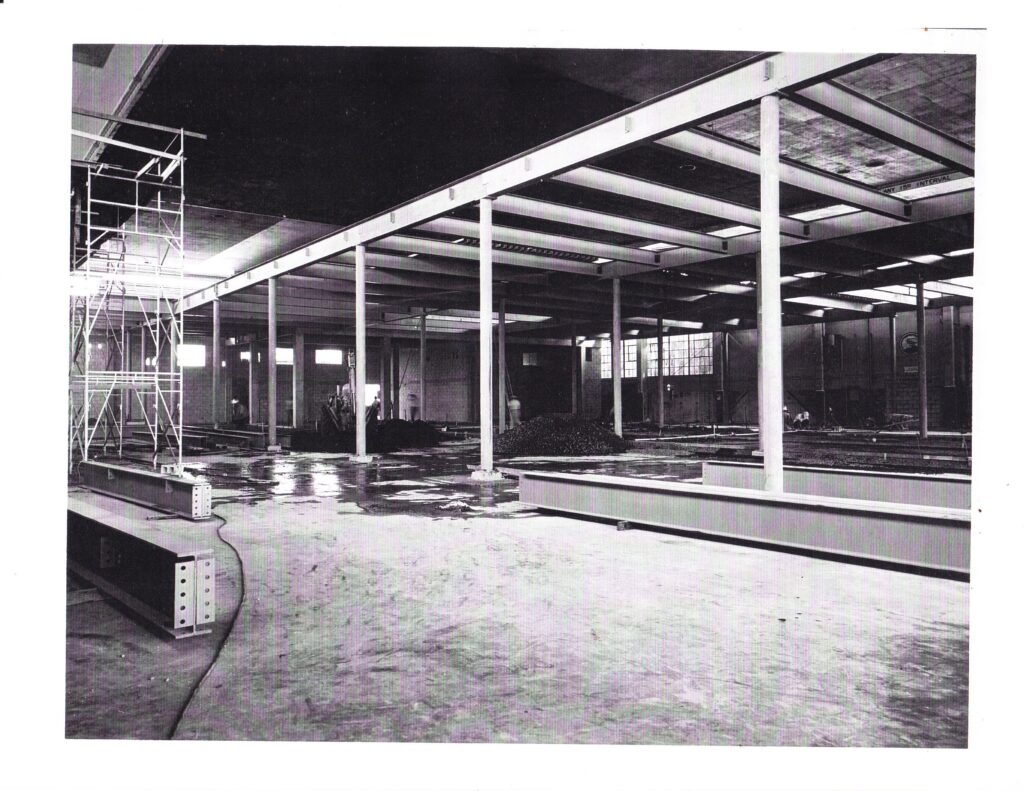
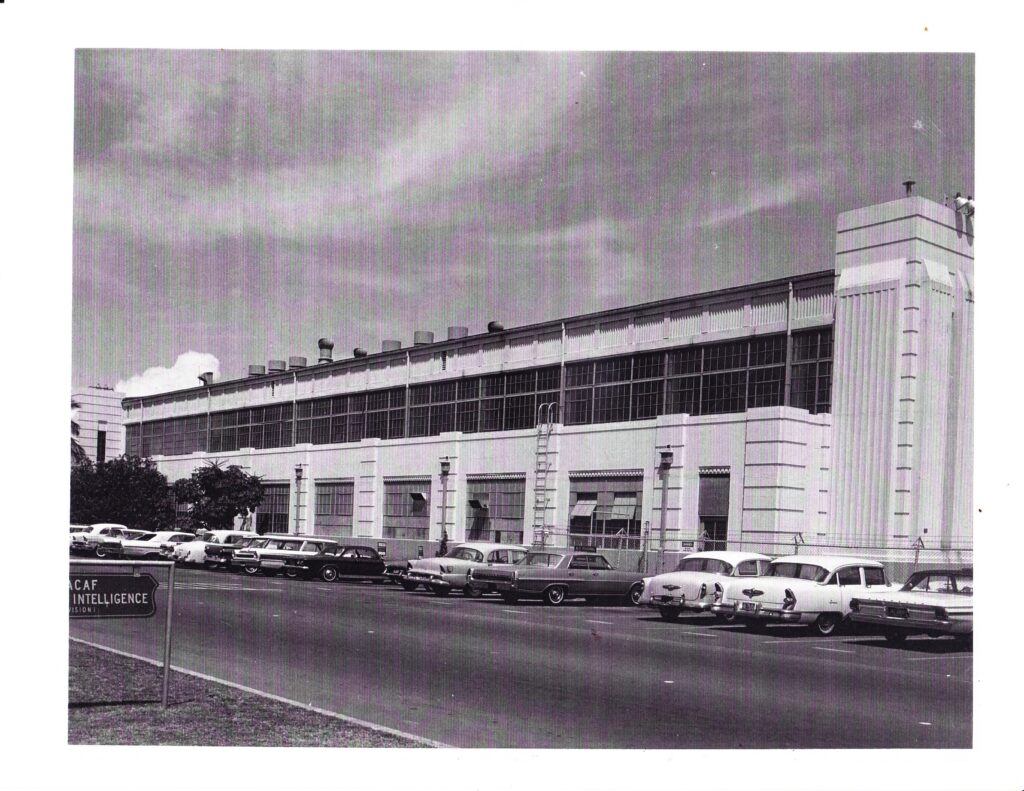
Undated shot of Hangar 3.
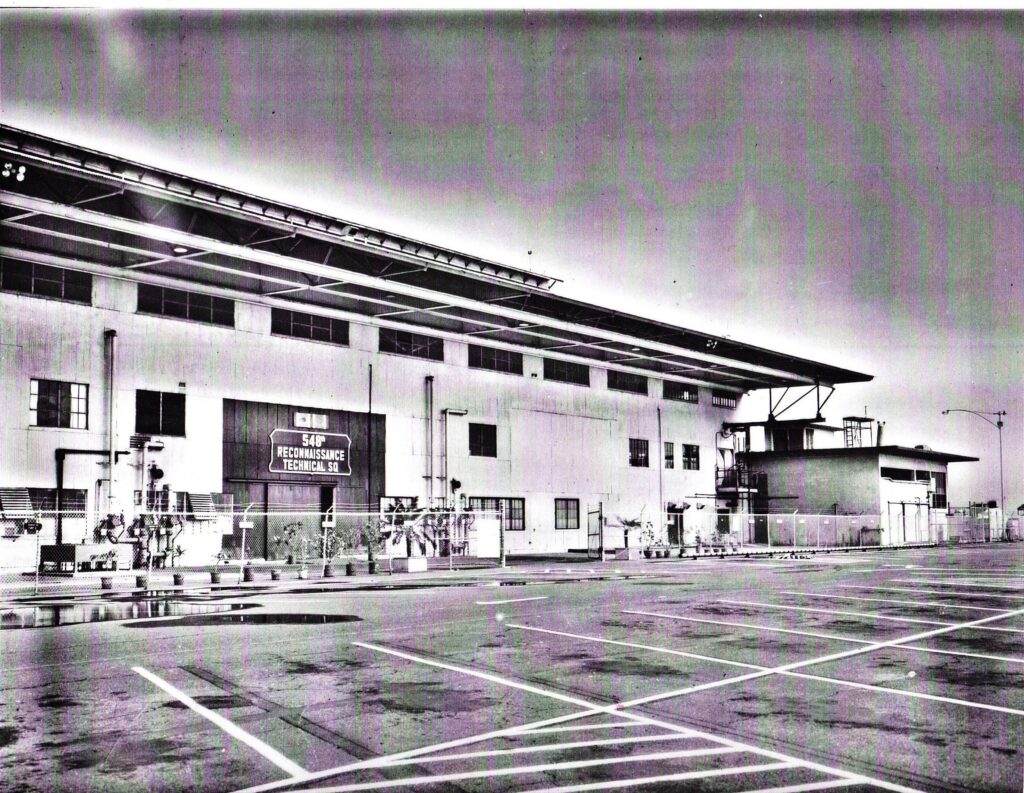
548RTS Bldg 206 on Lagoon Drive.
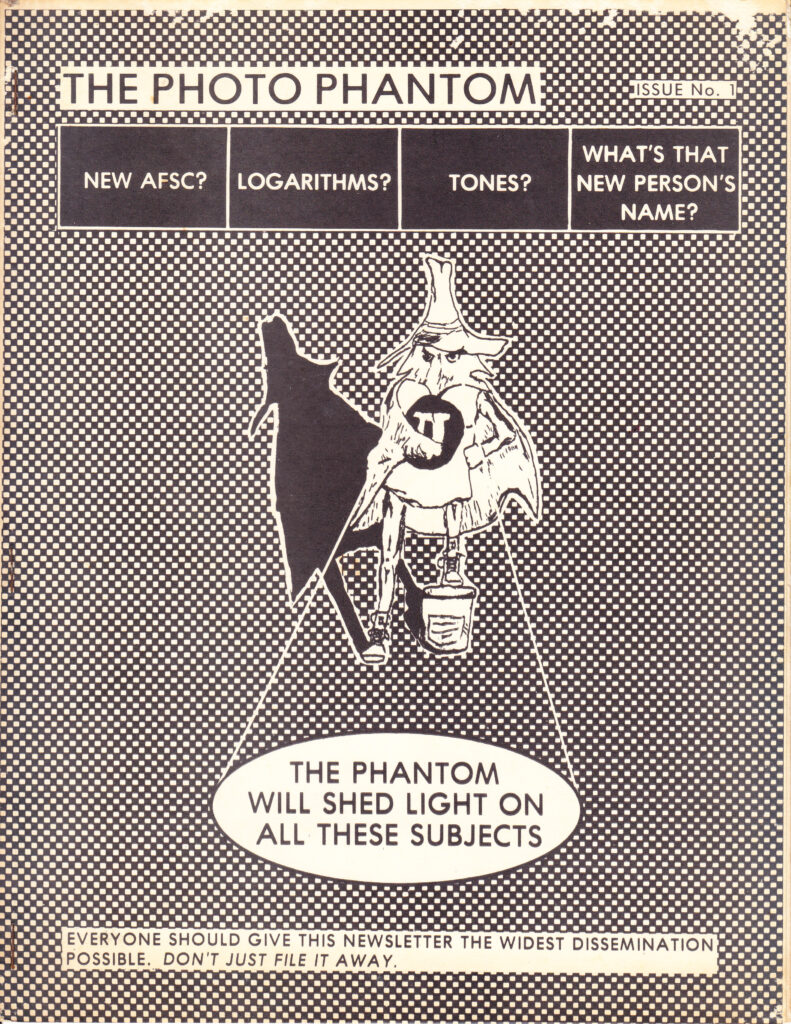
The Photo Labs “The Photo Phantom” Edition 1, December 1983.
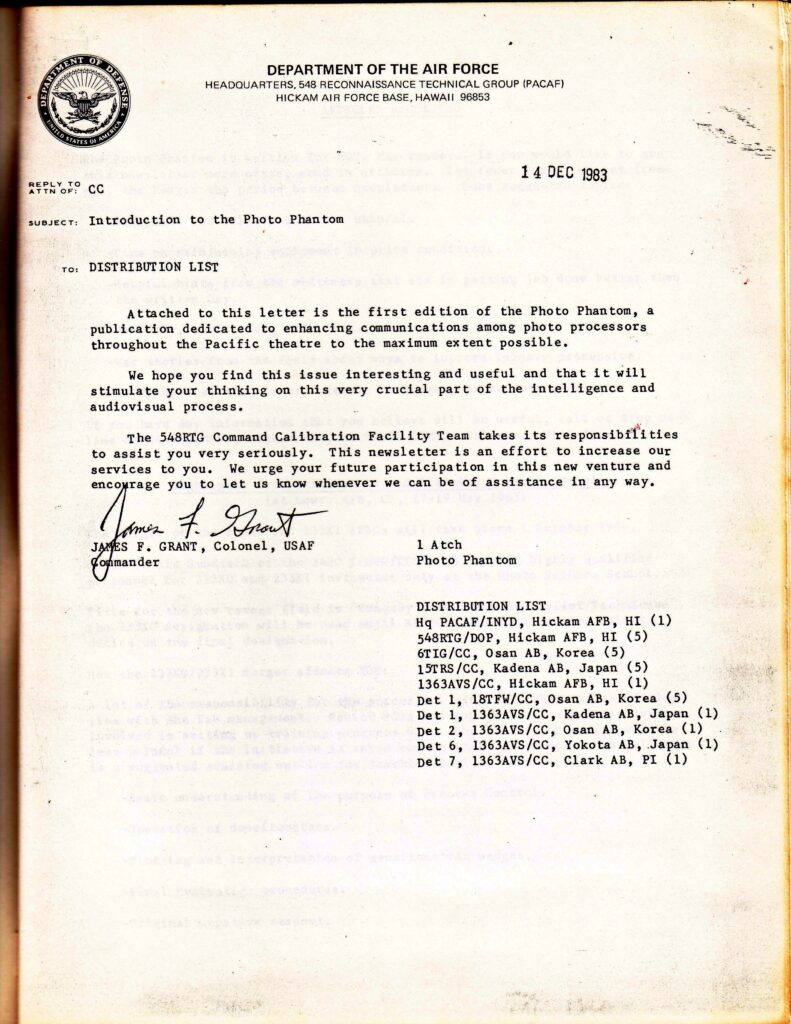
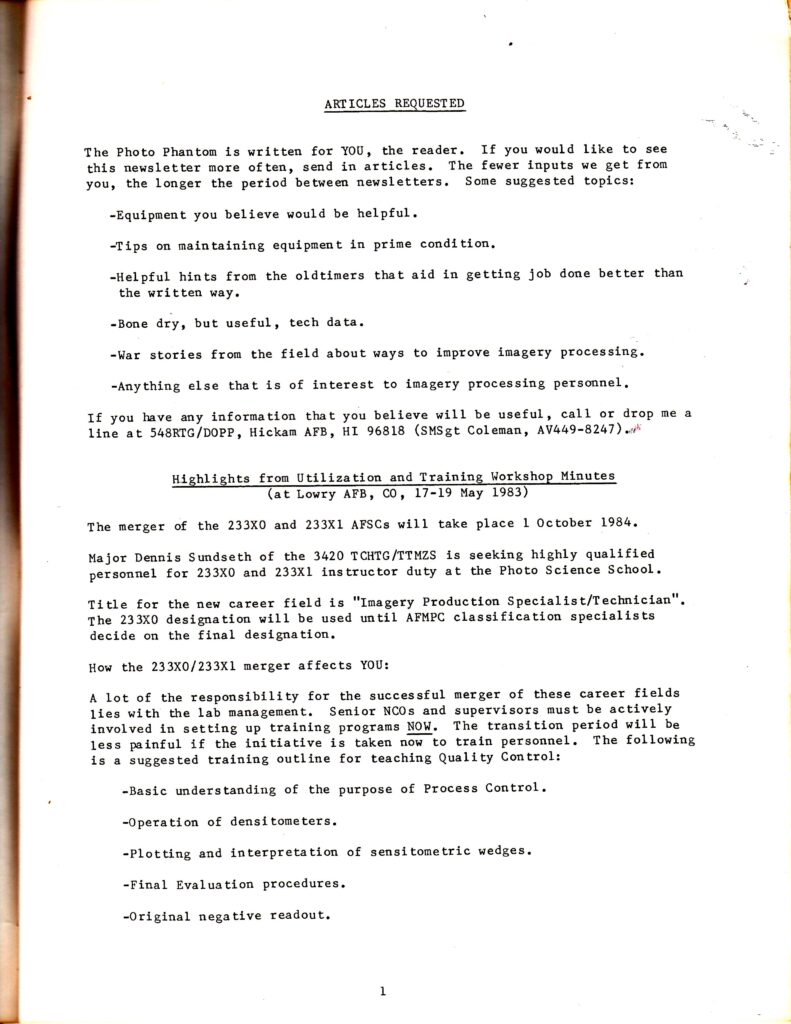
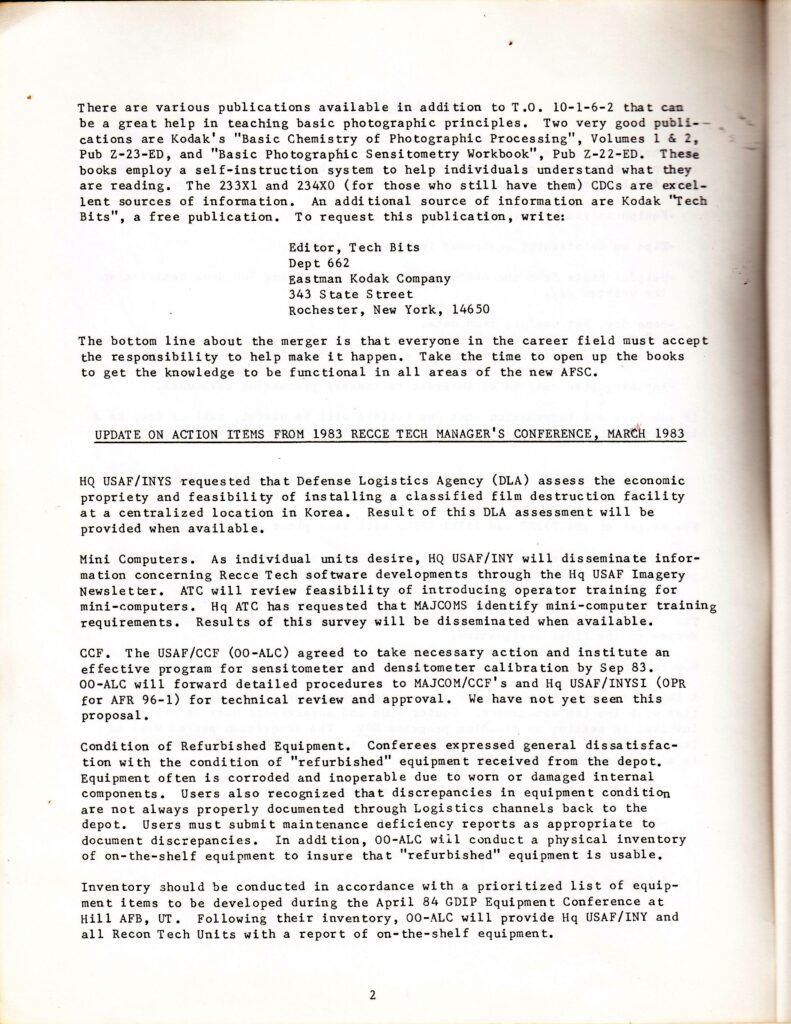
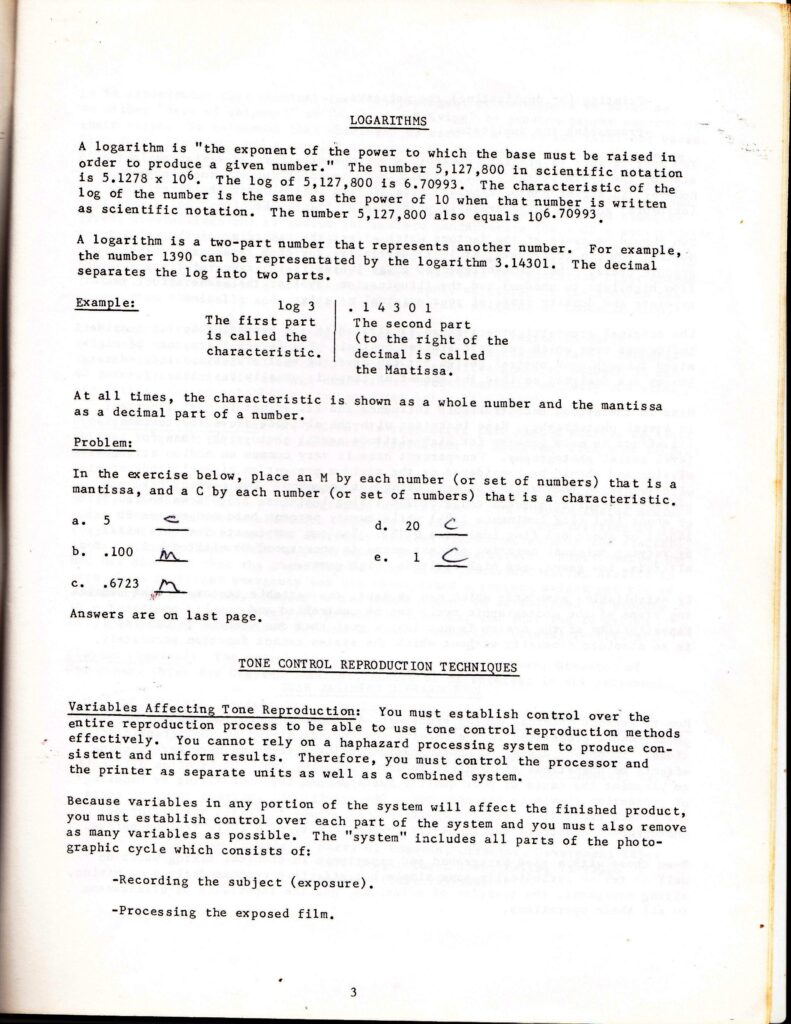
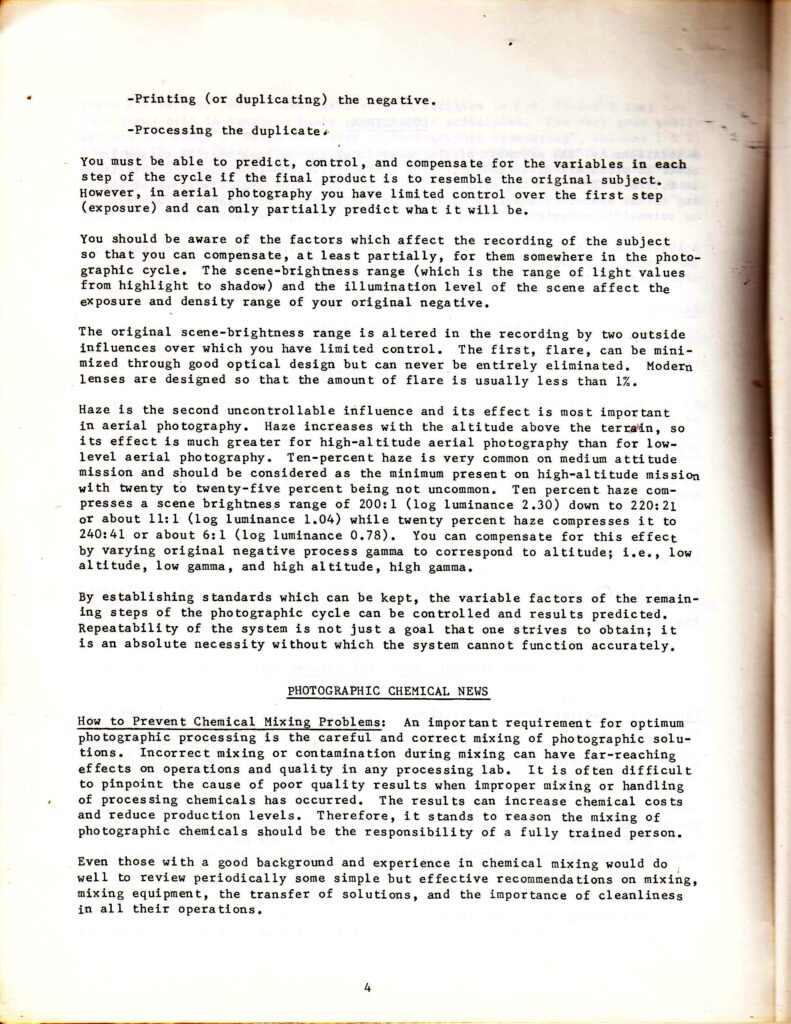
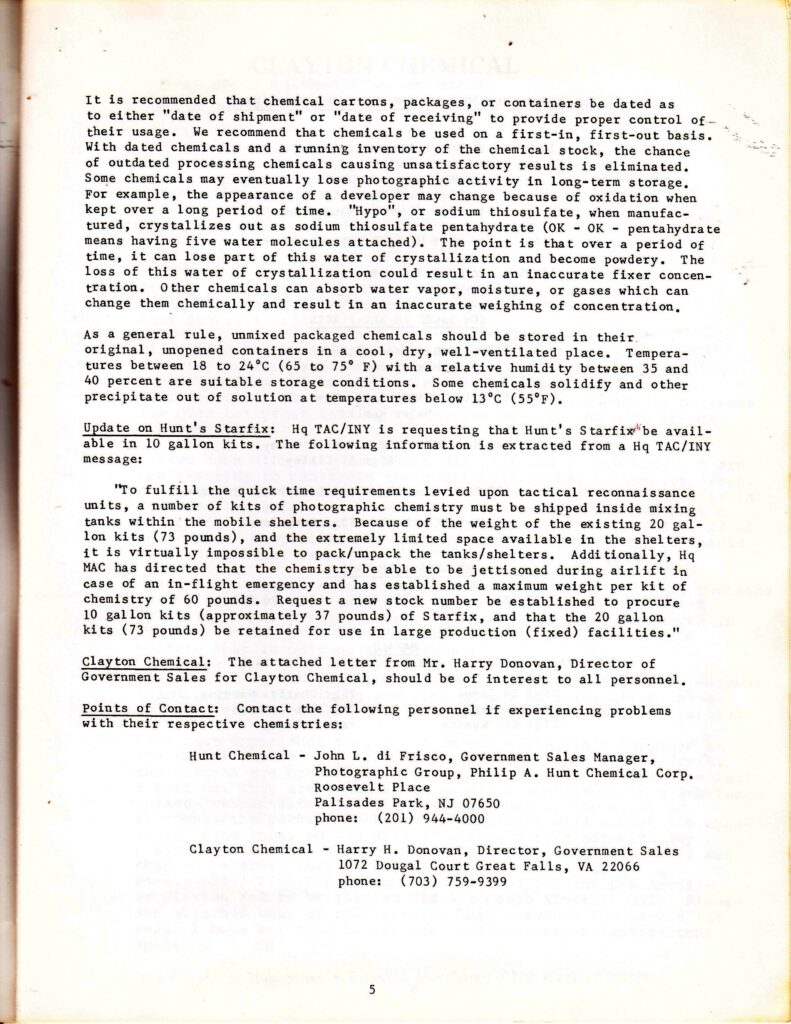
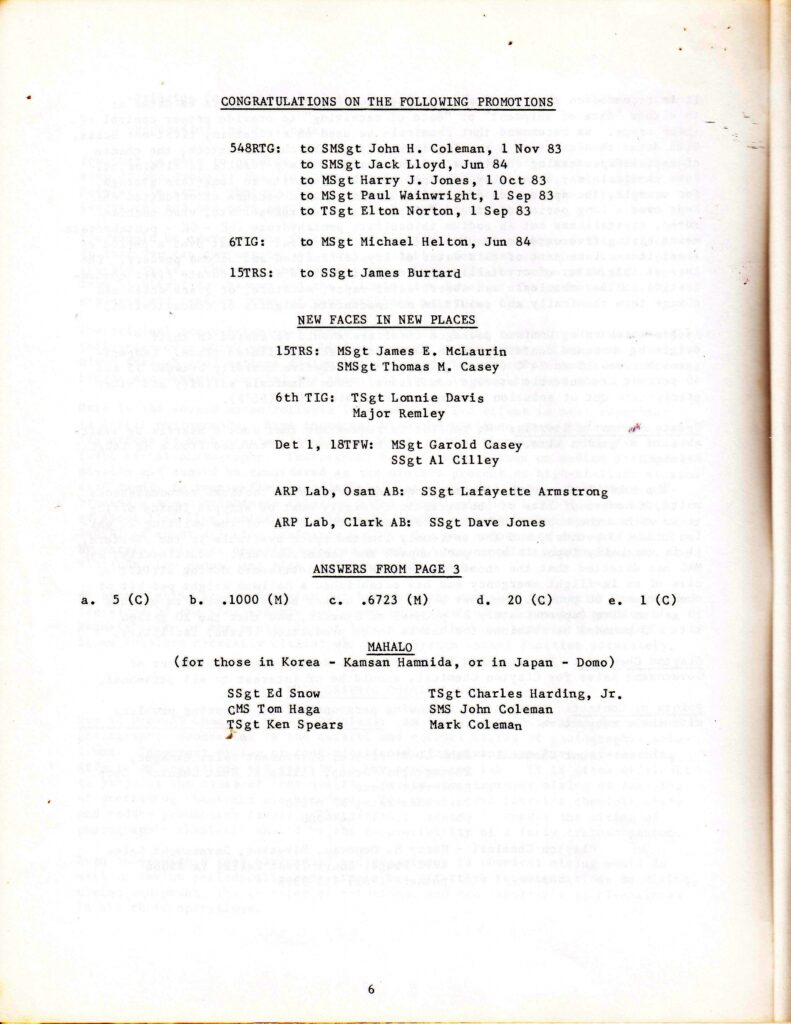
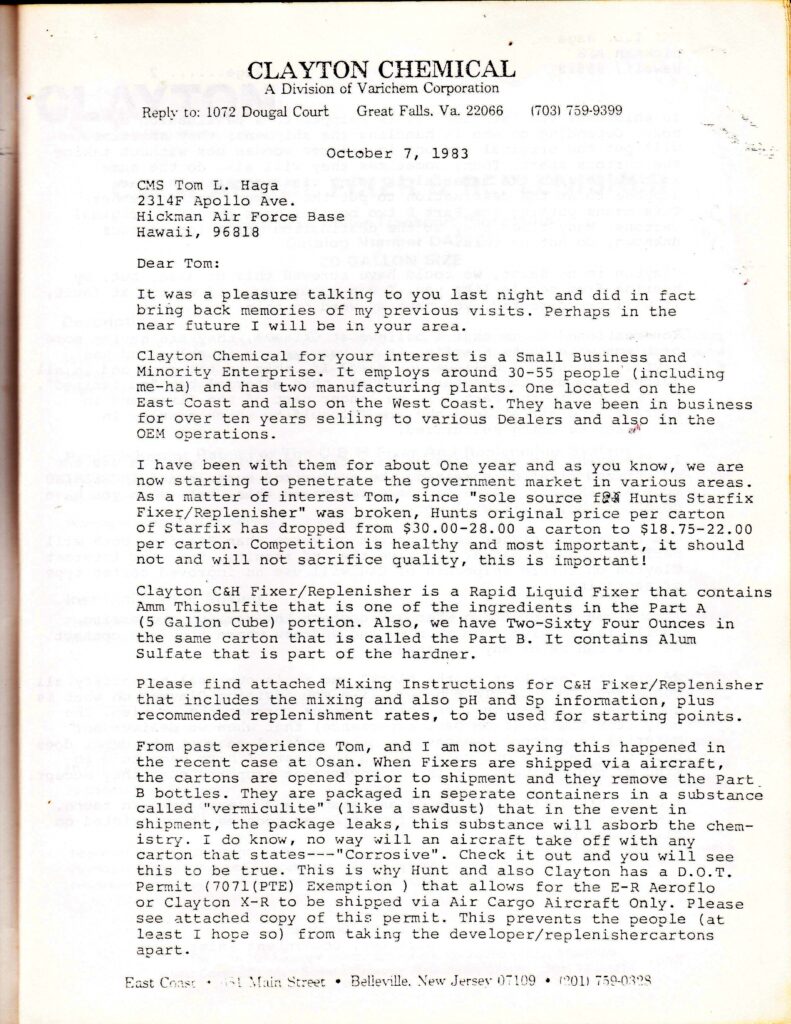
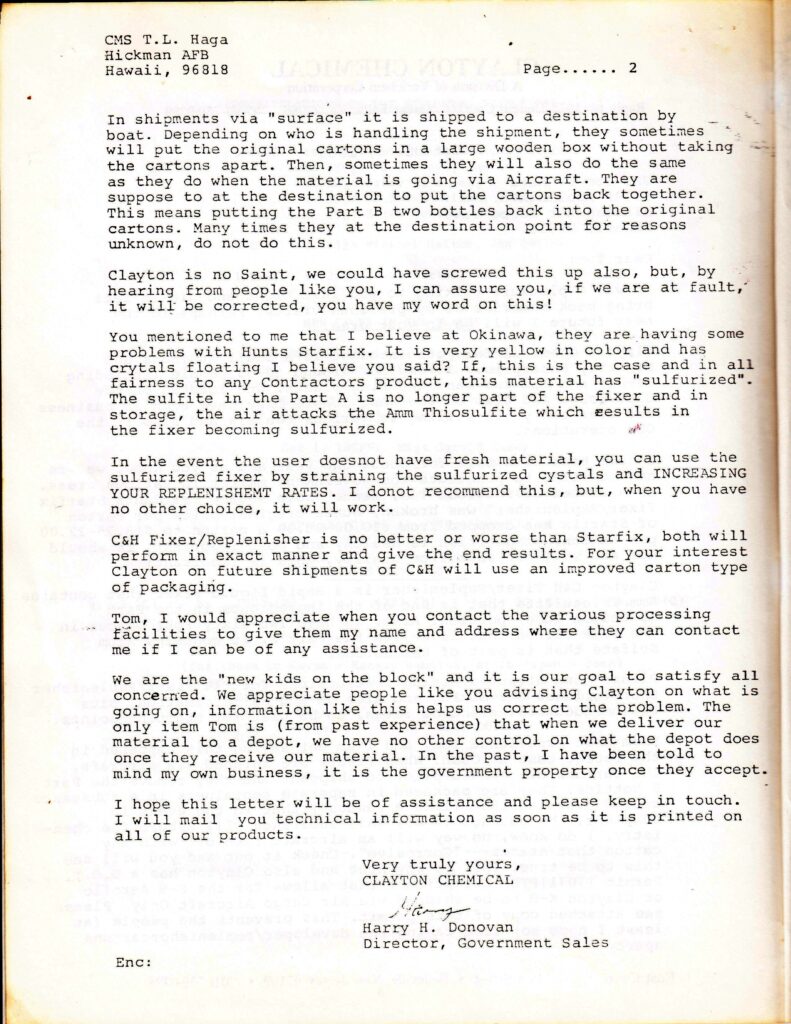
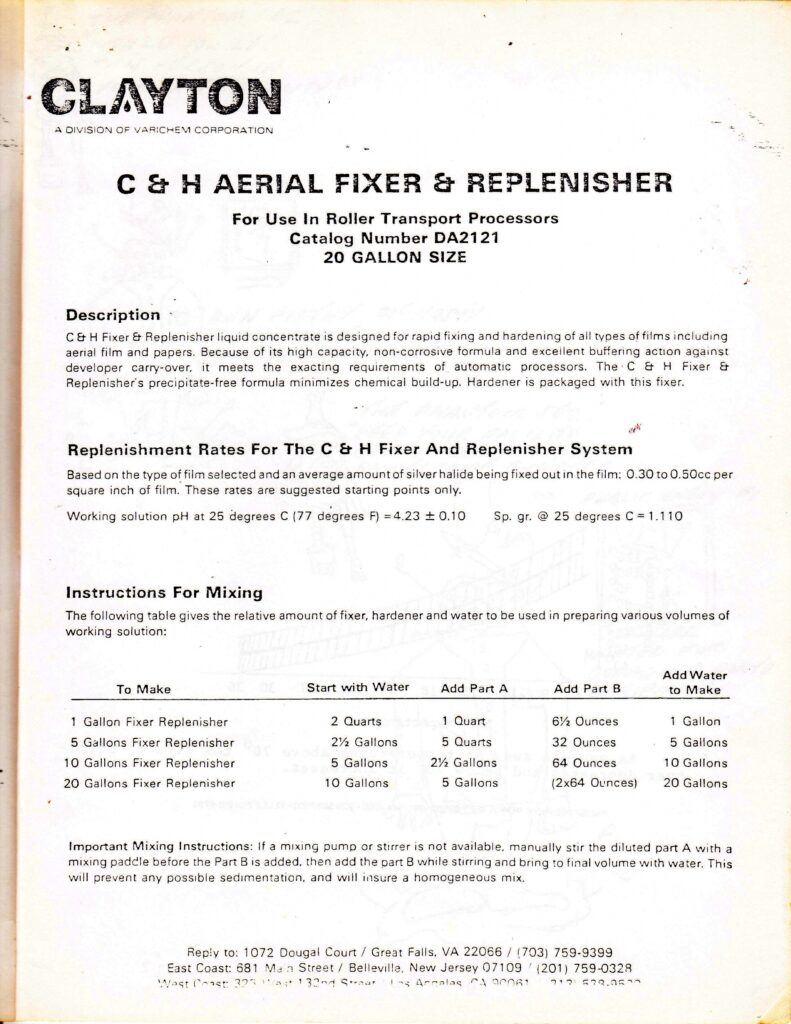
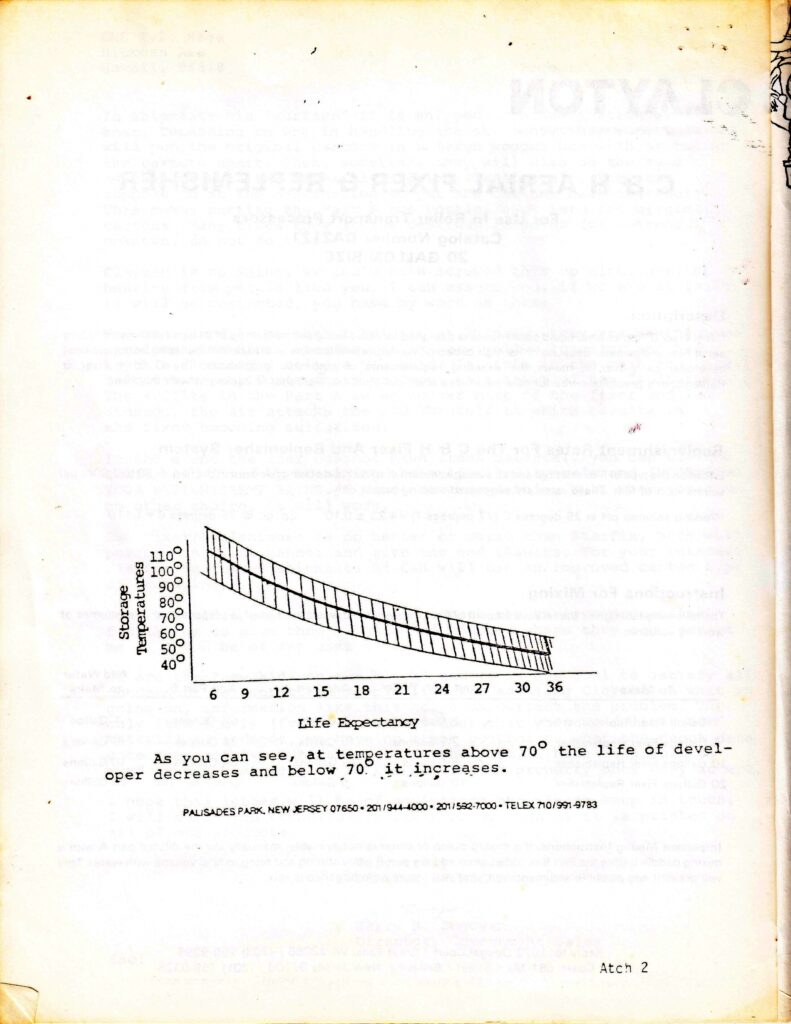
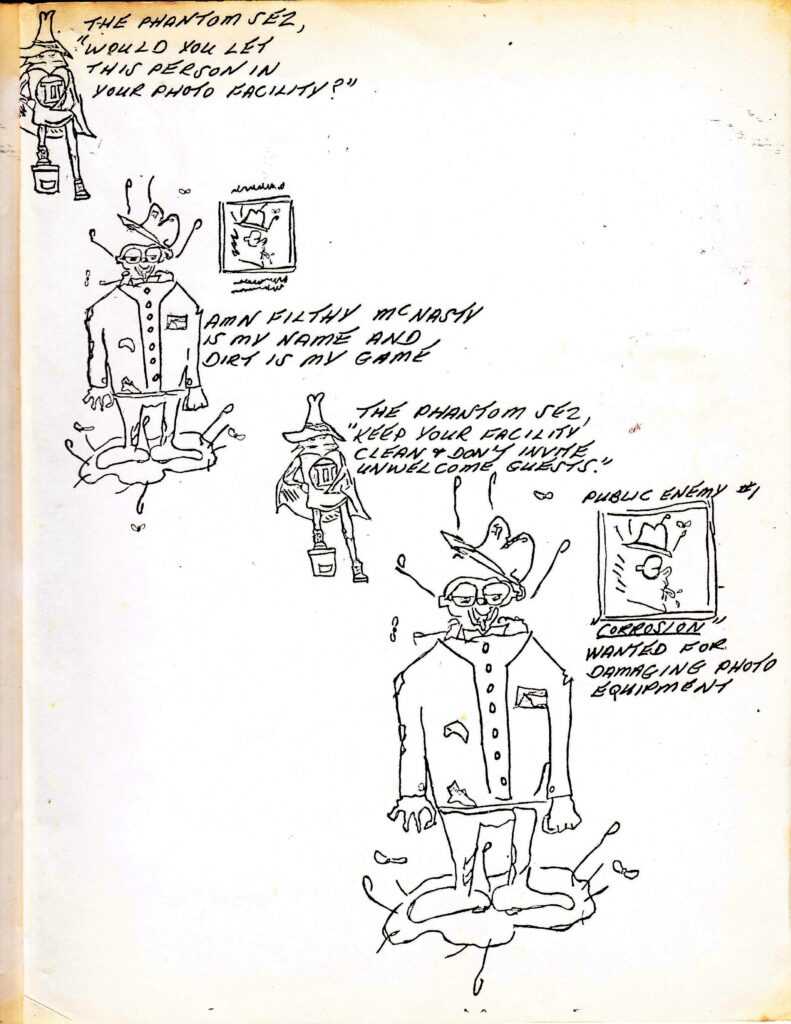
The following three certificates were given to Pete Baker (Bailey), and his wife, while he was with the Air Targets Material Branch in Building 206 and the newly occupied Hangar Three.

Playboy article on Holoholo search, sorry poor quality, better quality on 548rtg Facebook Page (Courtesy of Kirk Darling)
Hi – I just came across the website entirely by accident. I’m almost 77 years old now and not particularly interested in being active in the association, attending events, etc., but thought I’d offer any “history” that might interest you or someone in the group. Here’s a rambling version of my history with the 67th/548th for what that might be worth. I snapped a phone pic of a poster I’ve always treasured that hangs on my Virginia farmhouse office wall. It was created by Bob Boyett and presented by Storm Rhodes when Steve Sandlin and I left active duty at Hickam in late 1965 (actual orders read 4Jan66). The two of us had volunteered to leave Yokota AB 67th RTS Jan 1965 to literally open the doors and turn on the lights for the first time at Det 1, 67th RTS, Hickam. We were both 1st Lts who had trained at Sheppard and went to Yokota about July 1963. Lt Col Paulman was commander… had a fun, charming European wife and very nice young daughter. I could rattle off names from those days, few of which I saw on your list, but there’s little point.
But here’s how it all actually happened: Steve and I arrived in Hawaii and opened up a pair of old atomic energy “something or other” trailers that had been abandoned. We were both PIs. Shortly after, Pete (would have to work to remember his last name), another Lt arrived and established a photo lab in one trailer. By summer a captain whose name I don’t recall off hand, joined us and we began to staff up. By summer Storm Rhodes arrived and we had a full colonel running a rapidly expanding show. We had moved briefly to an old wooden hanger at the end of the runway where flights of Thuds (F105s) and Phantoms (F4s) roared in an out regularly on their way to war. Before we left we were in a big, permanent hanger on the main flight line and had gone from detachment to group, a pair of 1Lts to a very nice full bird.
Steve and I left for civilian life in Jan 1966. I entered graduate study at the U of Md College Park where I ran into a Reserve professor who got me going to meetings at the Pentagon. From there years flew by mainly as a “mobilization augmentee” with many tours back out to Hickam, Yokota, Osan, Clark, etc. Never did in country SEA. I ended up commanding a 50-person unit at Langley’s quad 4 recce tech supporting HQ TAC and 1st TAC Fighter Wing. I retired in the mid-80’s (would have to look up the actual year!) as an O-5. Other than the accompanying picture, all I’d have to offer might be a shot of my autographed “honey bucket”, the going away gift from Yokota, and some pictures of our going away party with Storm Rhodes, et al. Wonderful memories all! My best to everyone. Glad to see the organization lives on.
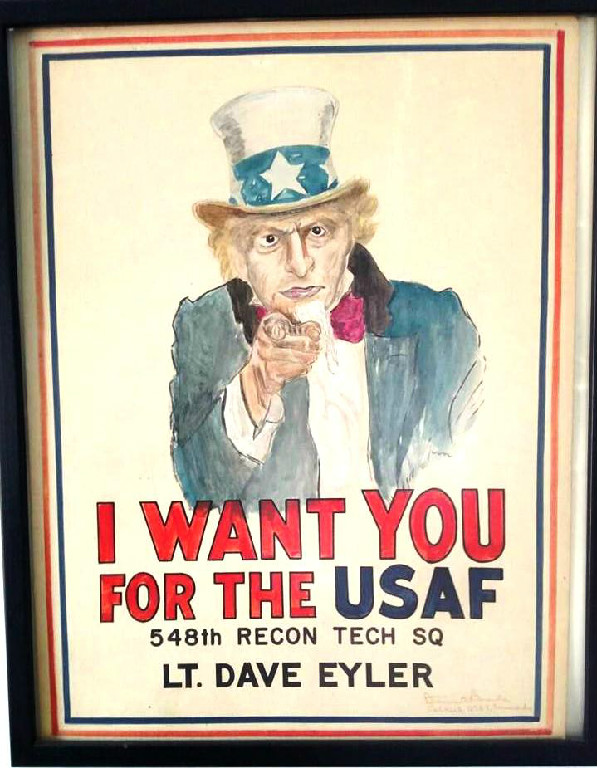
Going away poster made by Bob Boyett and presented to Lt Dave Eyler in December 1965
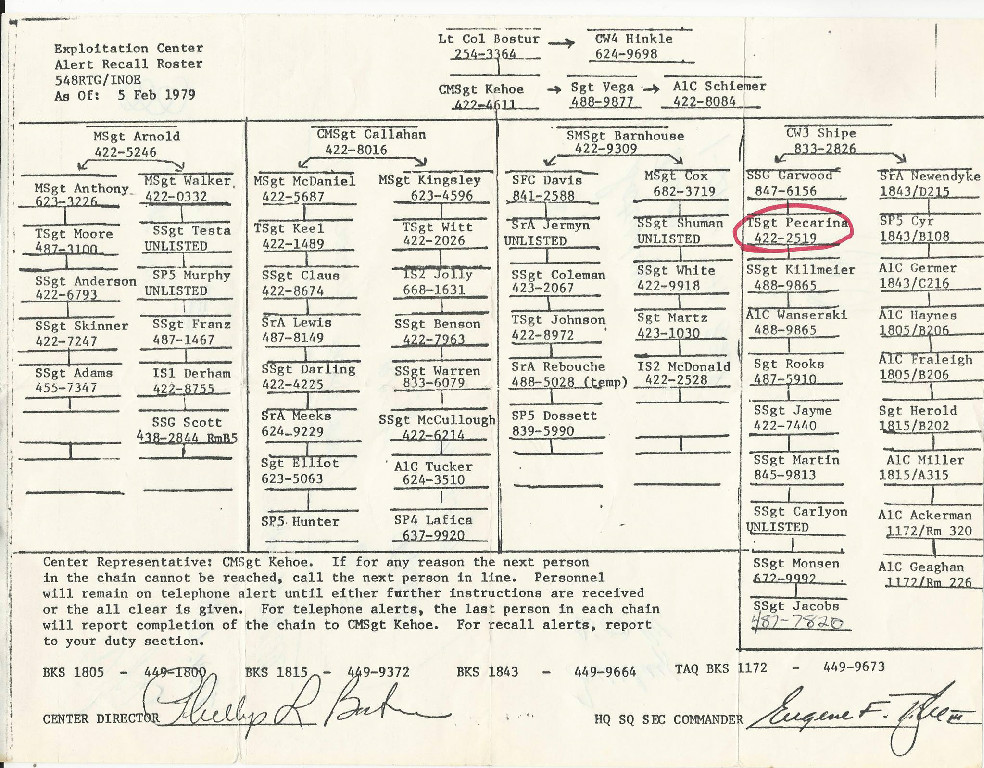
Exploitation (INOE) recall roster from 1979 (Courtesy of John Pecarina)
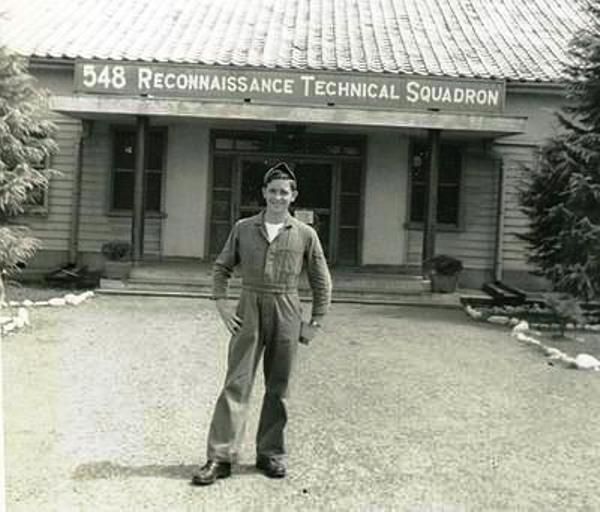
548th RTS Yokota during the Korean War (Photo courtesy of James Landrum) James wrote: Here attached is the only photo I have ever seen of the front of the 548th Photo lab where all recon photos taken by the 91st and 98 B29 Wings where processed. Targets for the next night’s bombing were selected here. This attached photo was taken using my camera and it is James Landrum standing in front of the 548th Photo lab. The “Top Secret” 548th was located in a building next to the photo lab site (I have many photos but have never published them) of the Top Secret building. In that Intelligence building we debriefed the crews of the 91st Wing using B29 after a Recon missions and sent the reports to a multitude of Military Units(27) inlcuding FEAF,and Washington DC. (see book: I Remember Korea (Landrum’s Story). The Top Secret Intelligence recon work of the 548th was limited to few knowing what we were doing including those at YAF.
James Landrum[email protected]Former USAF intelligence 548th RTS2466th Intelligence /434th TCWChristian Food and Medical Ministry
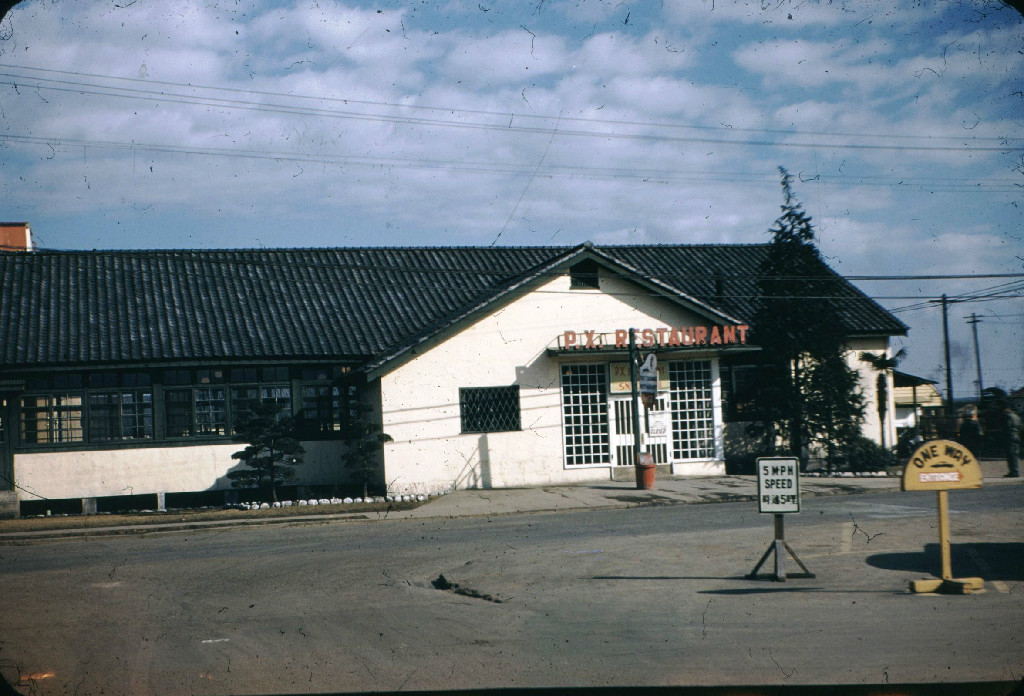
548 RTS March 1954, BX Cafeteria, Yokota AB, Japan (Photo courtsey of Tom Thompson)
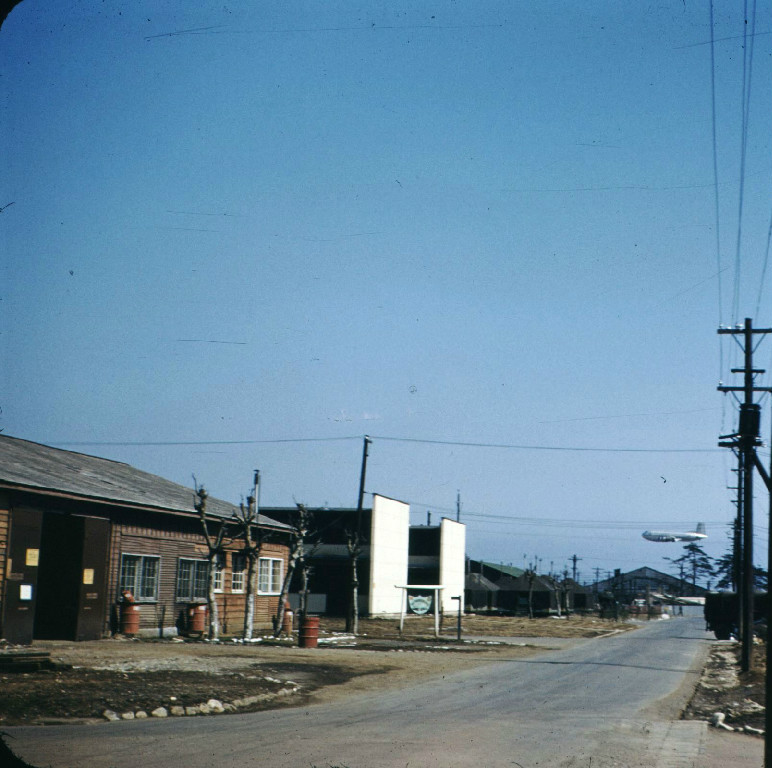
548 RTS Barracks (White buildings), Yokota AB, Japan, March 1954 (Photo courtesy of Tom Thompson)The following two orders show some of the personnel assigned to the 548 RTS in early 1955 (Courtesy of Arlie Burns)
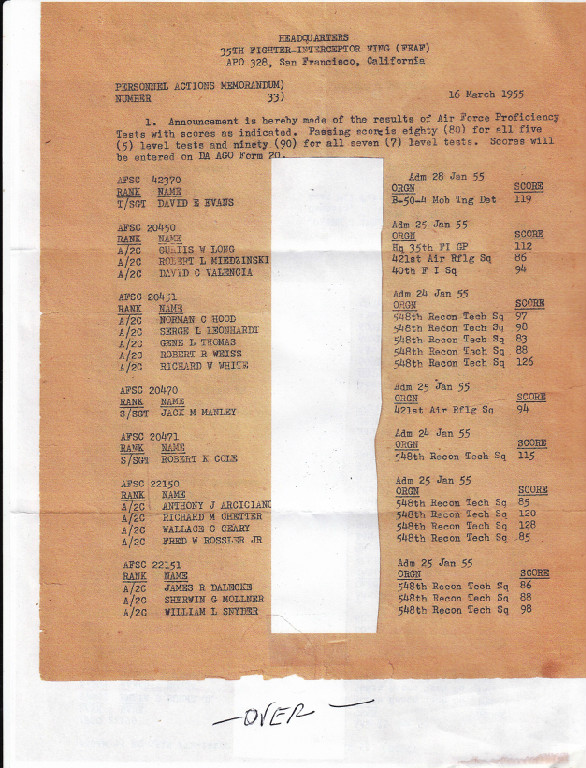
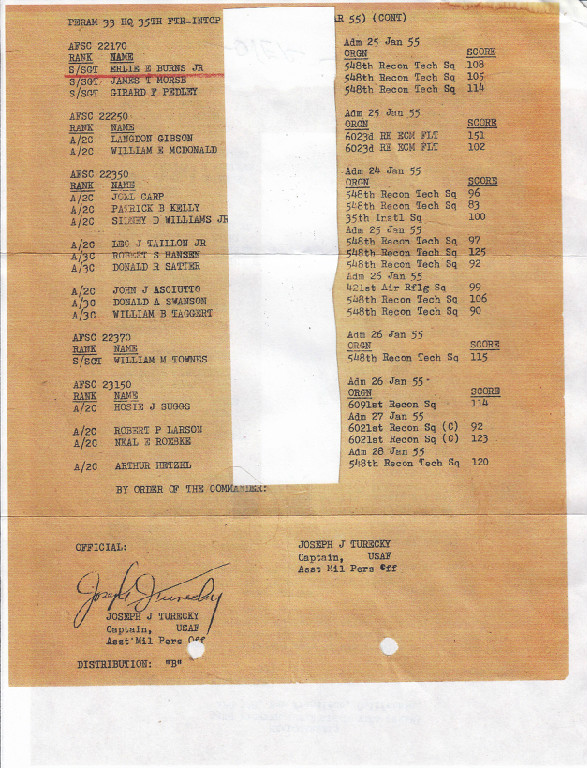
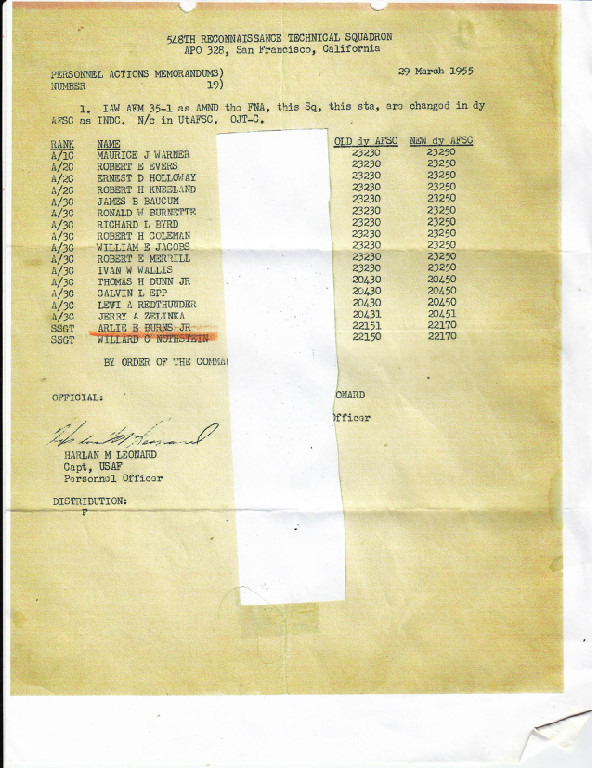
The following seven shots were provided by Dick Dahlke who was assigned to the 548th during and after the Korean War.
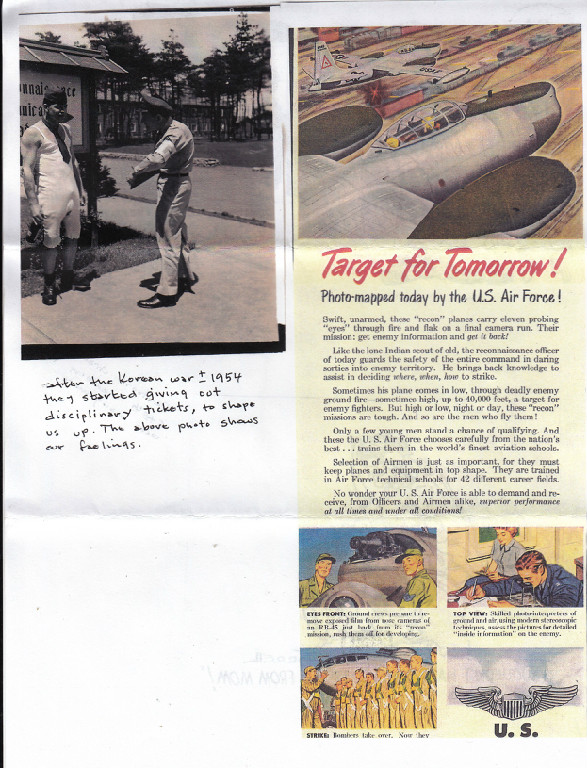
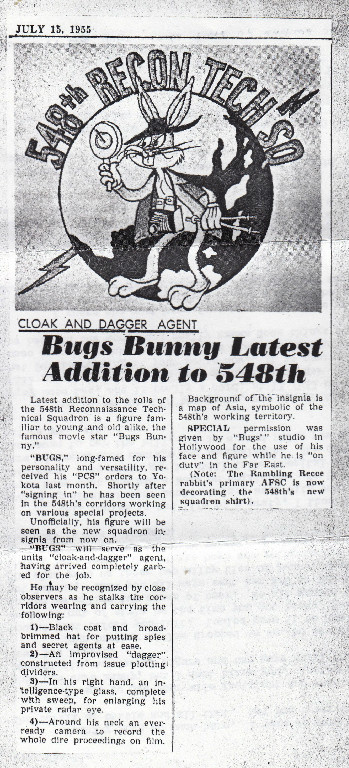
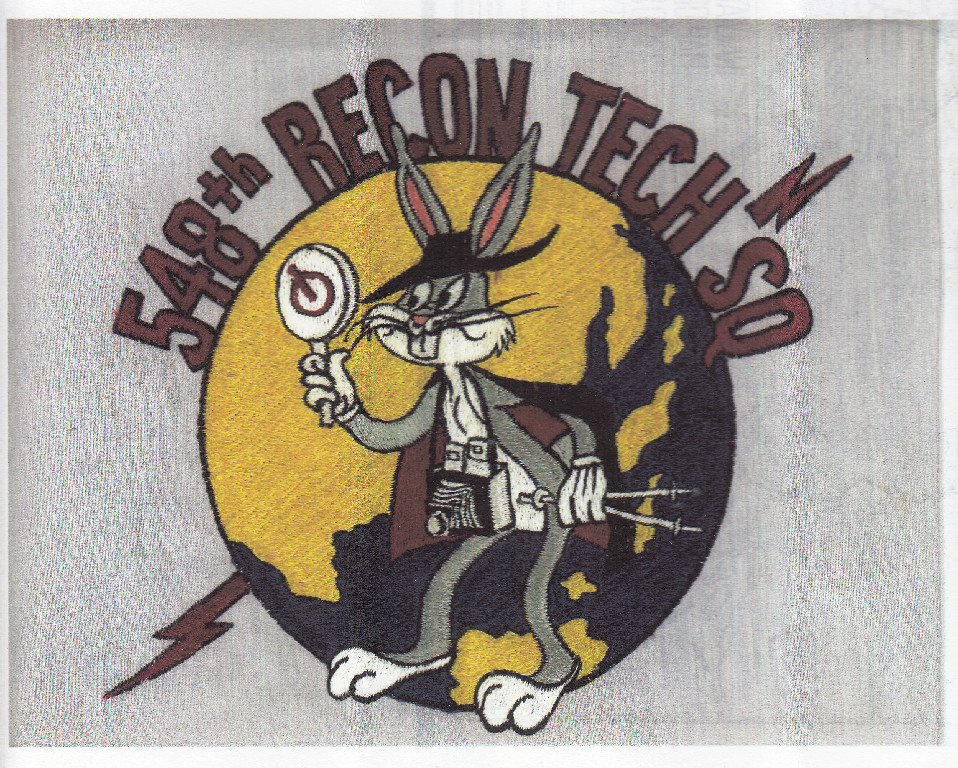

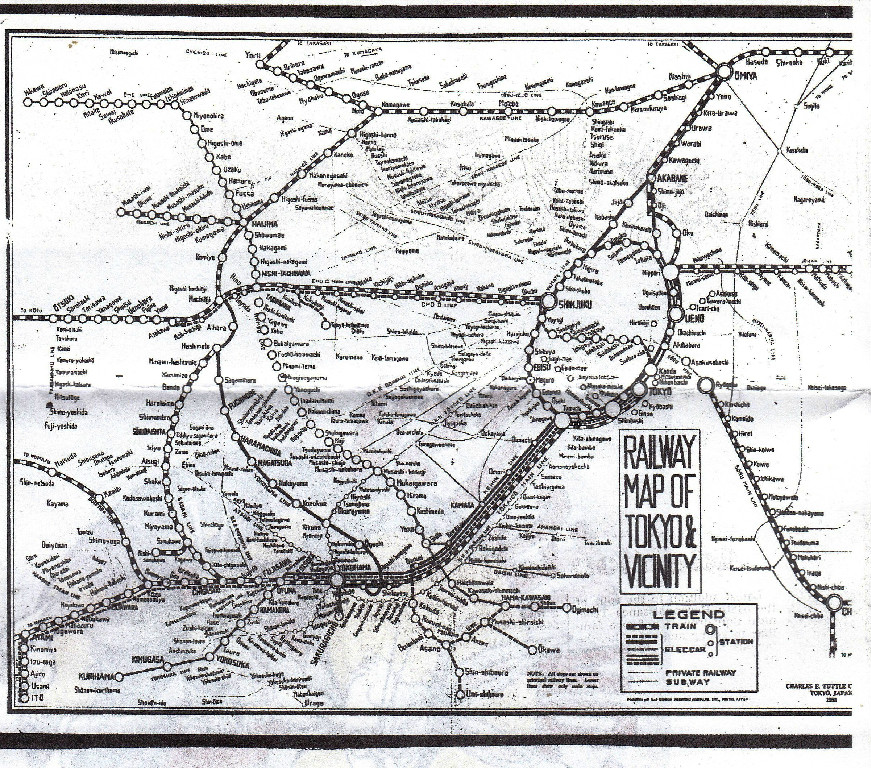
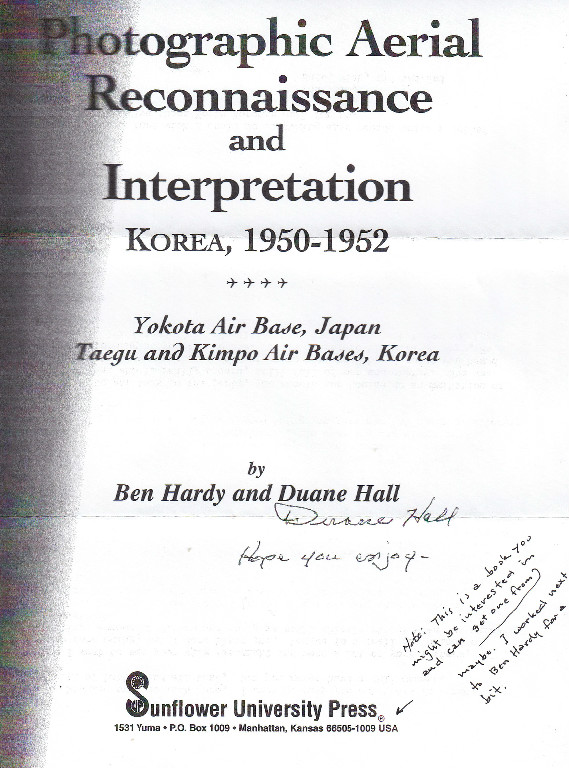
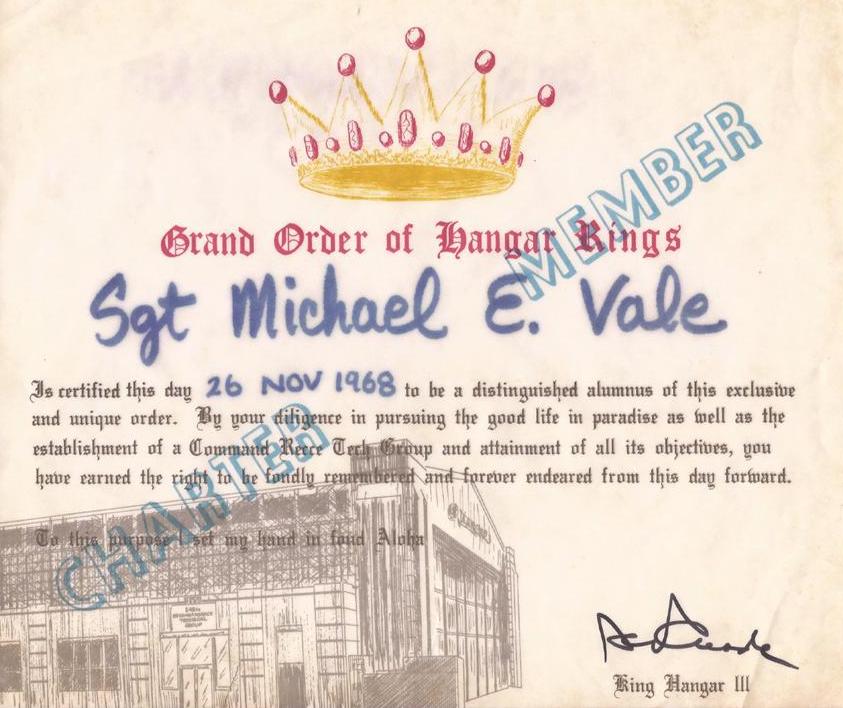
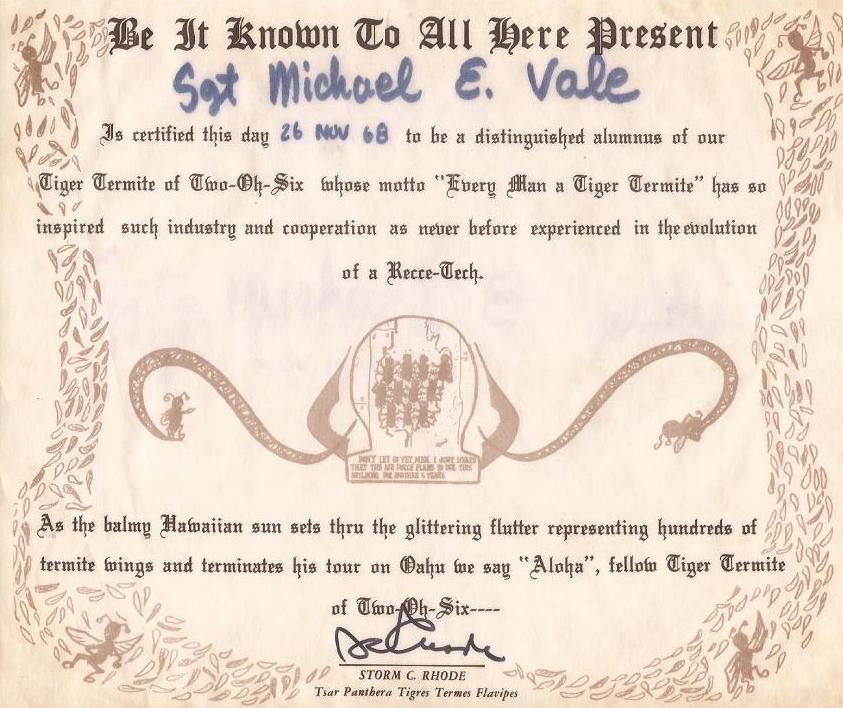
Certificates presented to Mike Vale while assigned to the 548 RTS in building 206 and after the move to Hangar Three (Photos courtesy of Mike Vale)

548th RTS recall roster from 1966 (courtesy of Dave Richards)
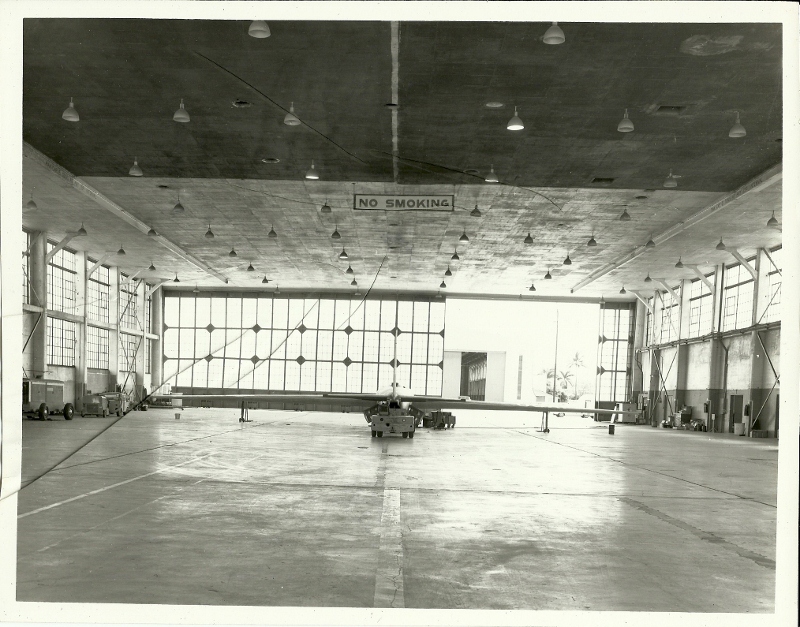
U-2 inside hangar 3 in 1965, before construction of building inside the hangar which later housed the 548 RTG. (Courtesy of Dave Richards)

Hangar 3 in 1965 when it really was a hangar that housed the U-2 (Courtesy of Dave Richards)
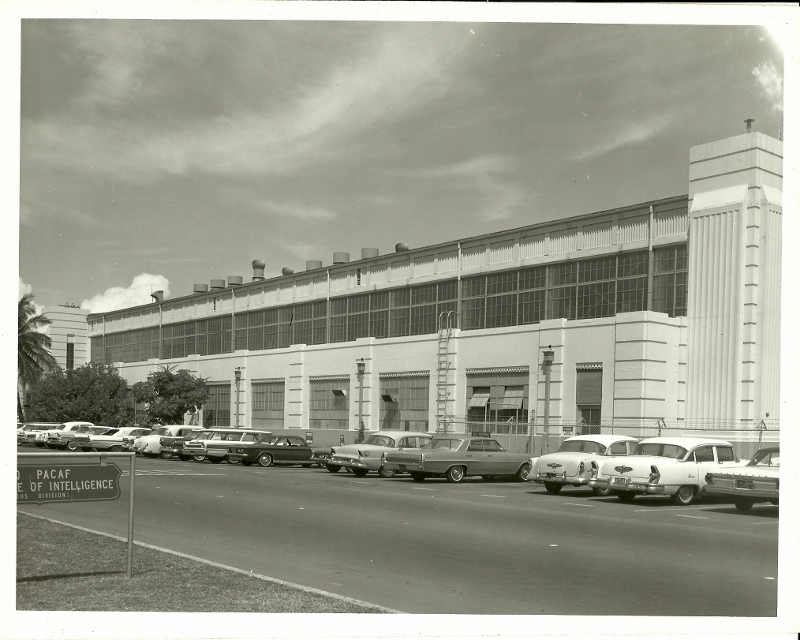
Street view of hangar 3 in 1965 (Courtesy of Dave Richards)
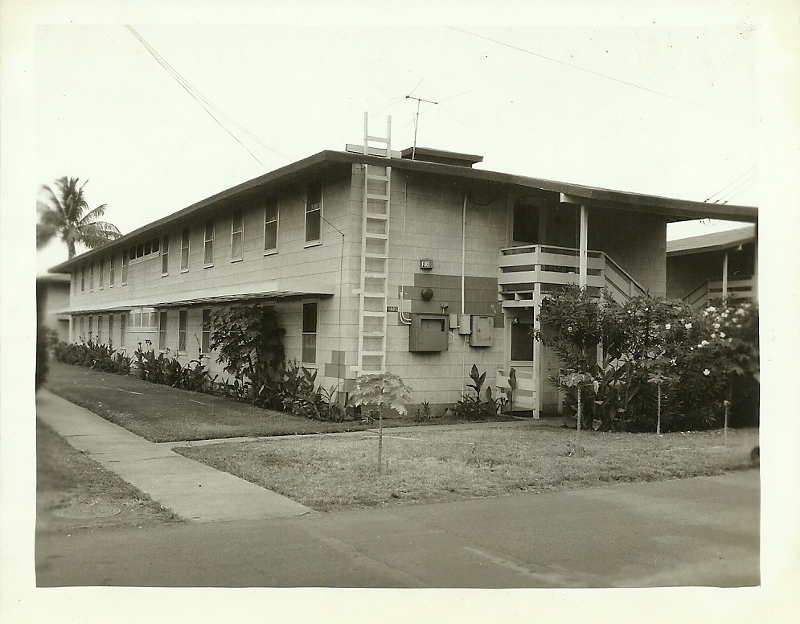
“The Termite Palace”, 548 RTS/RTG barracks located where the Honolulu Airport Inter Island Terminal is now (Courtesy of Dave Richards)
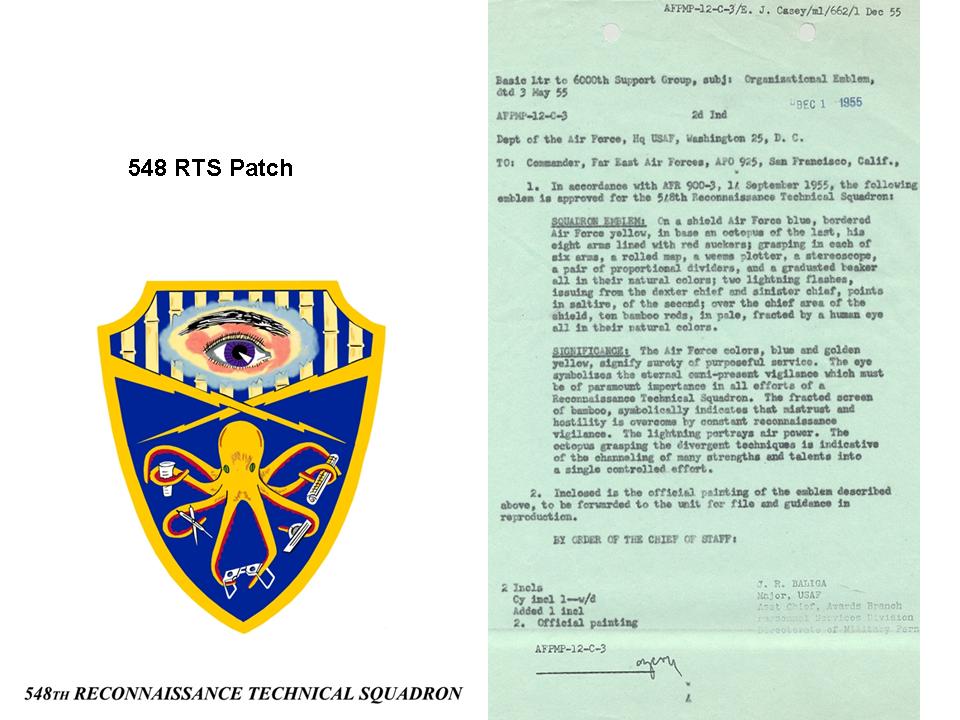
548 RTS Patch and 1 Dec 1955 letter from HQ USAF authorizing it (Courtesy of Dave Richards.
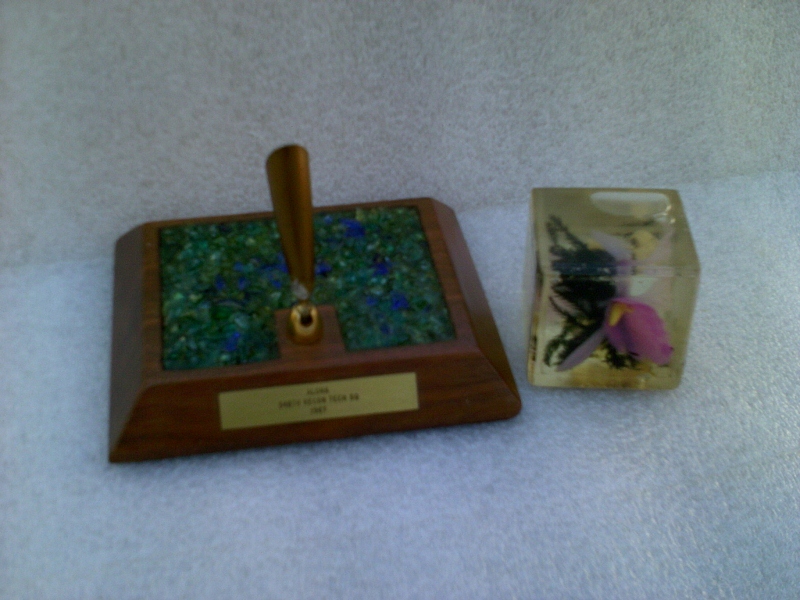
548 RTS gift Col. Rhode gave to airman discharging from the 548th. I don’t know if he made them or had them made either way I was proud to receive them. (Courtesy of Dave Richards)
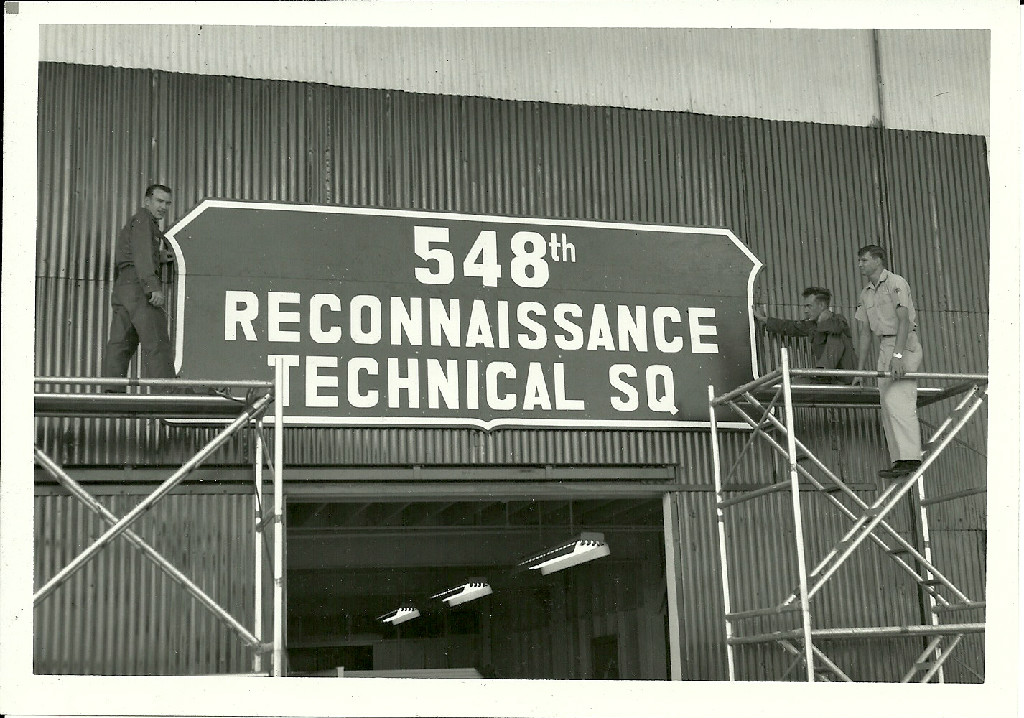
Hanging the 548th RTS sign on building 206, Hickam AFB, October 1965. (Courtesy of Dave Richards)
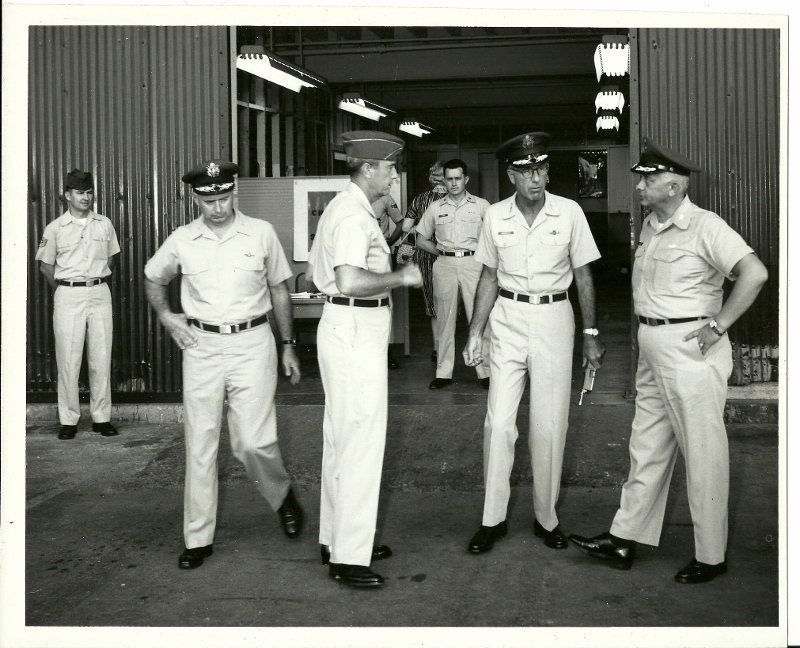
General Hunter Harris and General Sam Maddux attended the hanging of the 548th RTS sign, Col Storm Rhode on right. (Courtesy of Dave Richards)
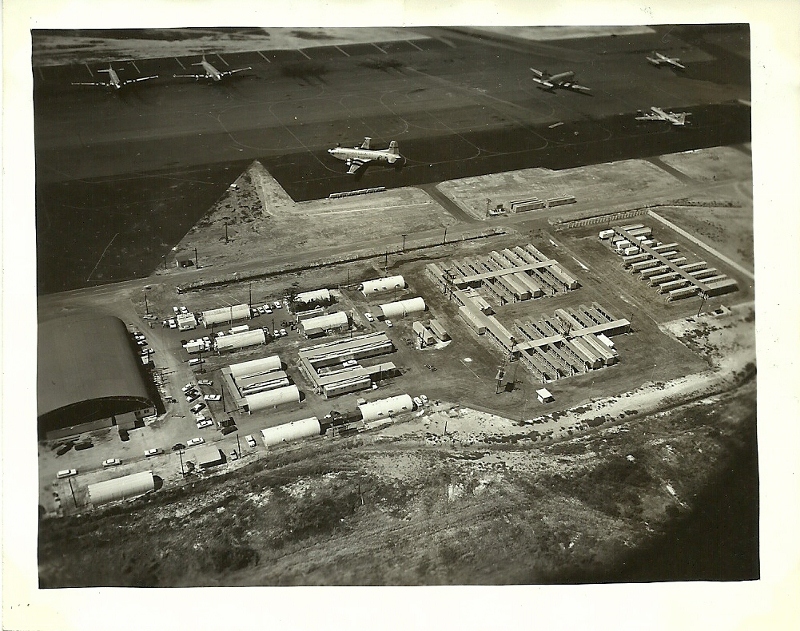
Det One 67th RTS compound at Hickam AFB. (Courtesy of Dave Richards)
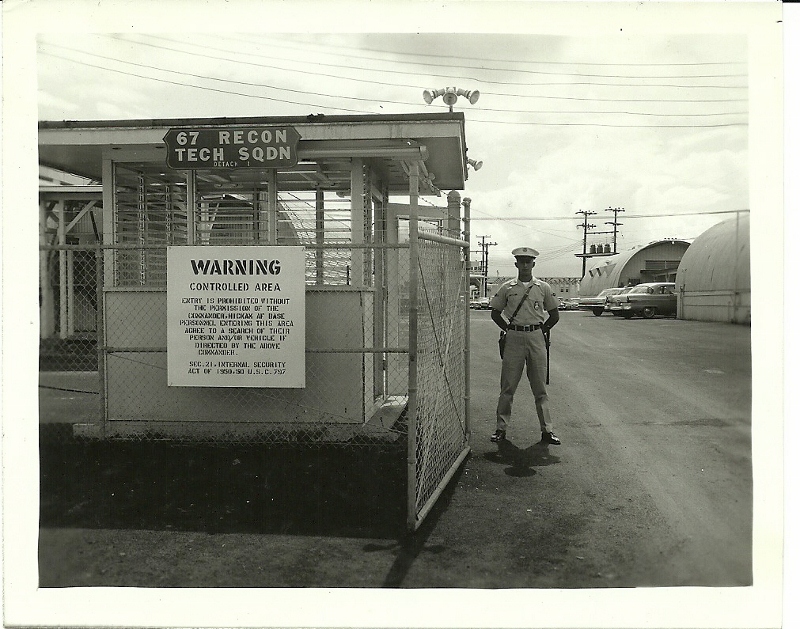
Det One 67th RTS, Hickam AFB. Det One was deactivated on 8 October 1965 and became the 548th RTS, which was activated on the same day. (Courtesy of Dave Richards)
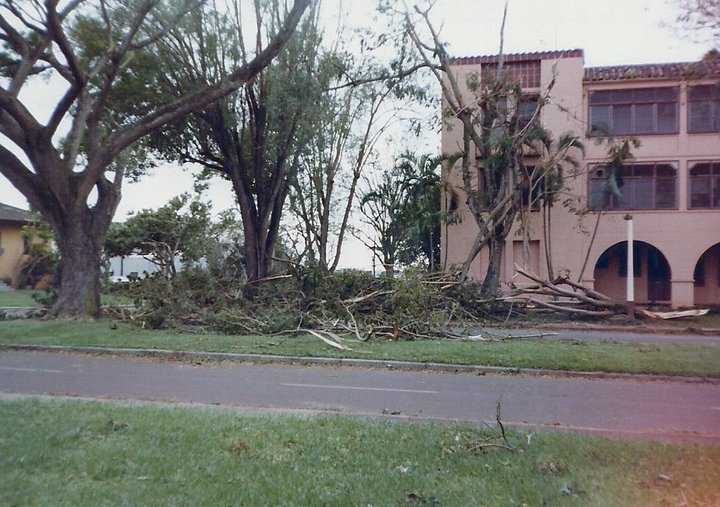
Wheeler AB, aftermath of Hurricane Iwa November 24, 1982. I remember we didn’t get power back until the late afternoon of Thanksgiving Day. (Photo and caption from 548th Facebook Page)
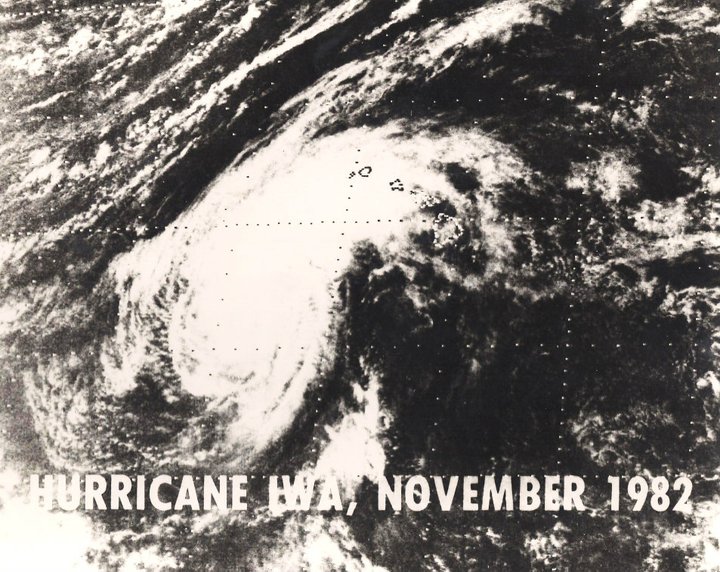
Weathersat image of Hurrican Iwa. Note the islands outlined in upper center-right quadrant. (From 548h Facebook Page)
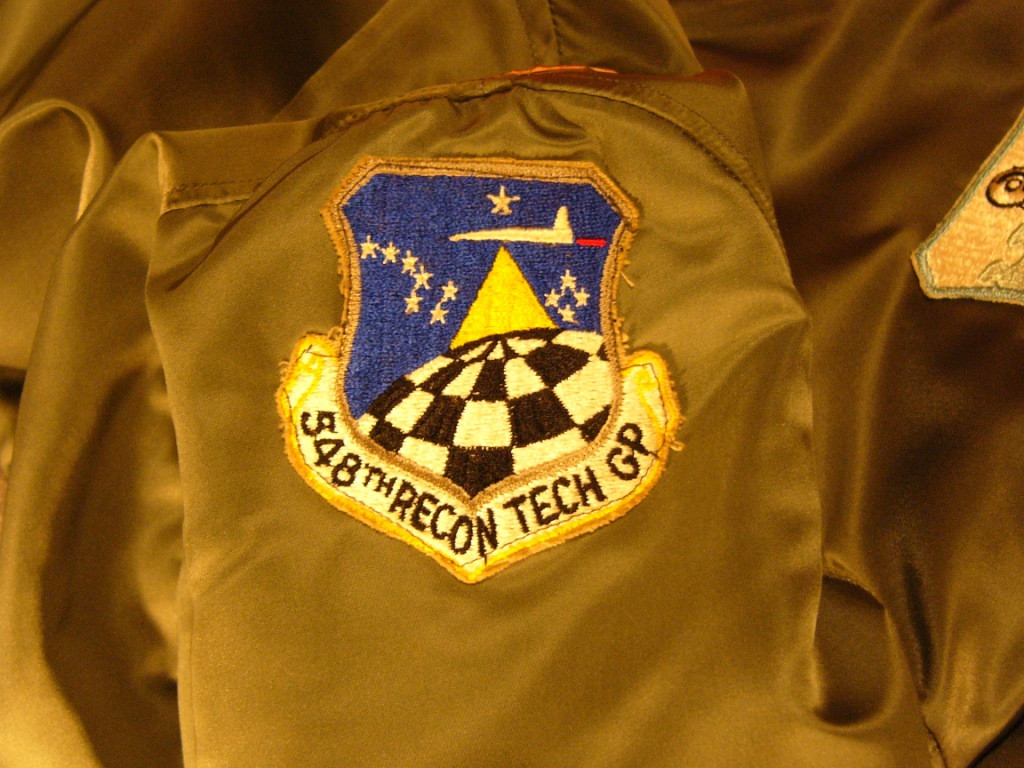
The original 548th patch ordered by Col Byron L. Schatzley, the later patches had the motto on them. (Courtesy of Col (ret) Byron L. Schatzley)
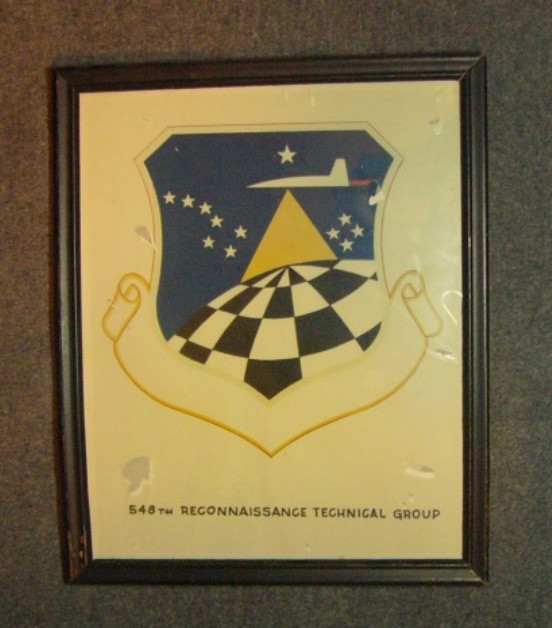
The original art work for the design of the 548th RTG logo which Col Schatzley sent to heraldry, which approved it (Courtesy of Col (Ret) Byron L. Schatzley)
The above audio recording is the late Col (ret) Bryon Lee Schatzley, the second Commander of the 548 RTG, speaking at the 2018 dedication of the 548th/67th Bench at the National Museum of the U.S. Air Force during the reunion in Dayton Ohio. He discusses the design of the unit logo and the early years of the 548th and his career. (Audio courtesy of Dave Belote)
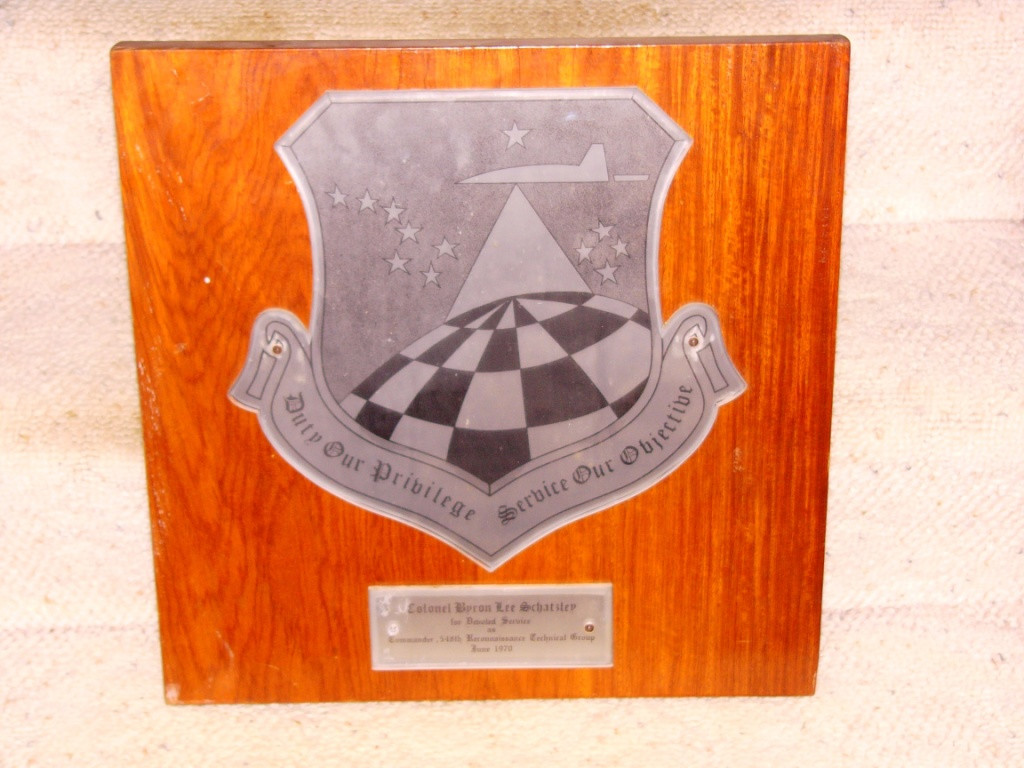
Farewell Gift is a press plate mounted under plexiglass on an 18″ x 18″ slab of mahogany. It was fabricated by the 548th maintenance shop. (Courtesy of Col (Ret) Byron L. Schatzley)

Col Schatzley had this Monkeypod Carving made in the Philippines. (Courtesy of Col (Ret) Byron L. Schatzley)
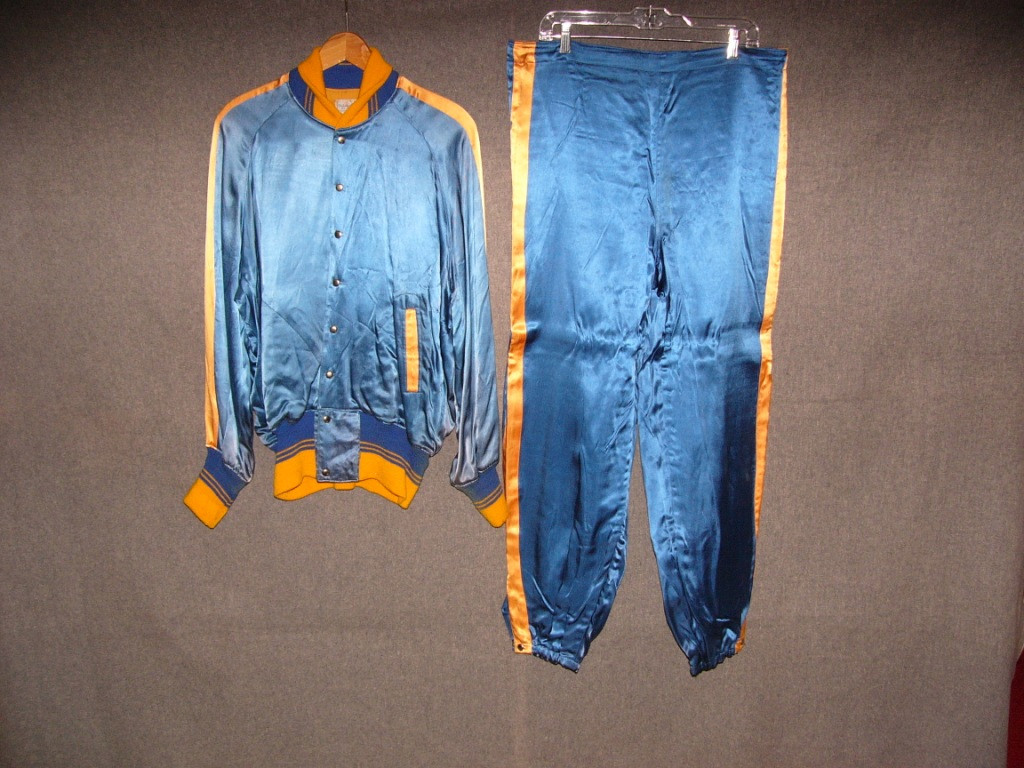
Col Schatzley’s 6th Photo Technical Squadron (6th PTS) sweat suit, 6th PTS later became the 548th RTG. (Courtesy of Col (Ret) Byron L. Schatzley)
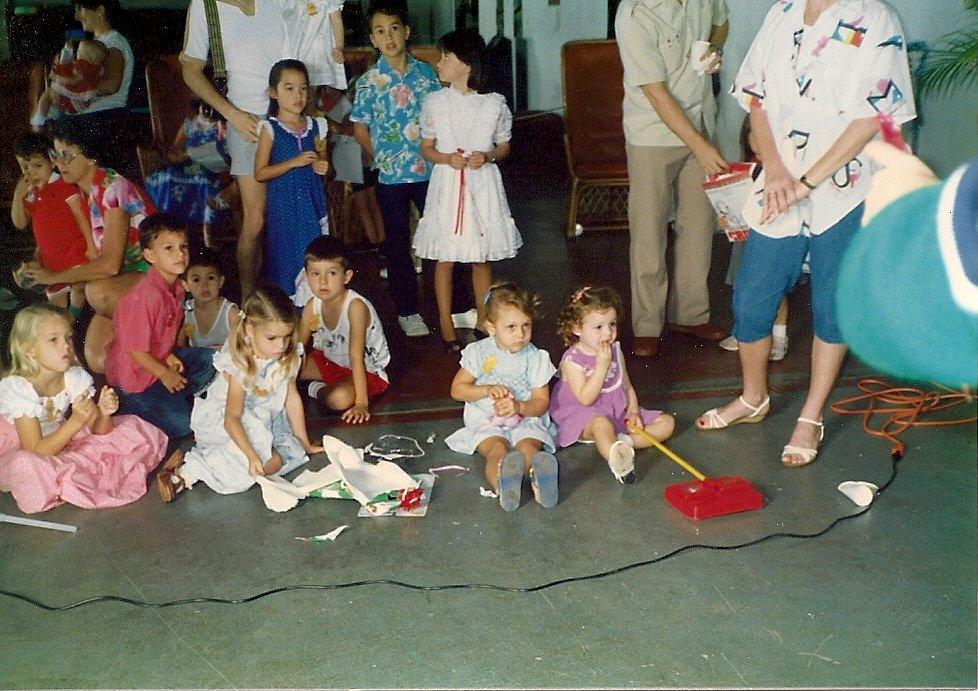
548th Children’s Christmas Party 1986. In photo Evonne Guidara and Amber Arnold. (Photo courtesy of Barbara Arnold)
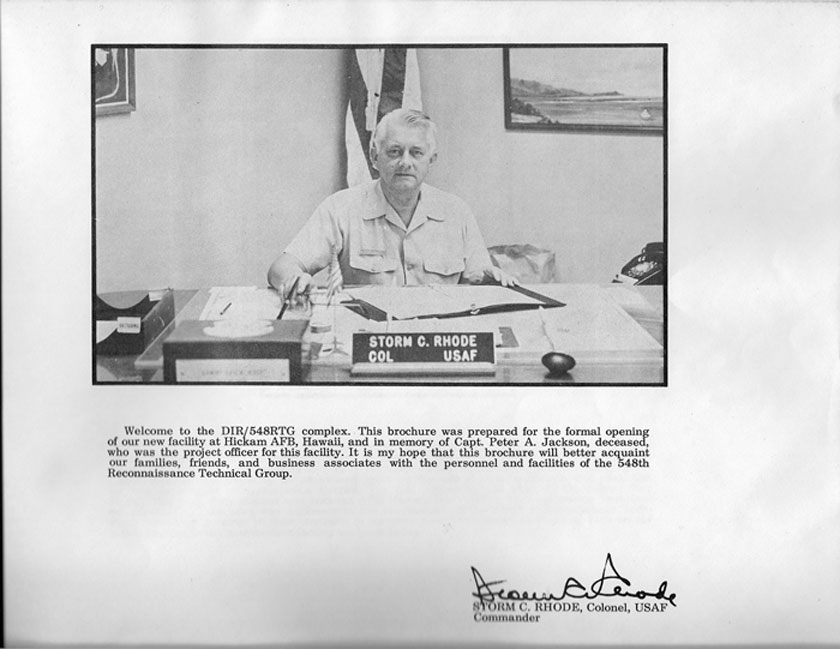
The opening of Hangar Three (Courtesty of Michael Bernstein)
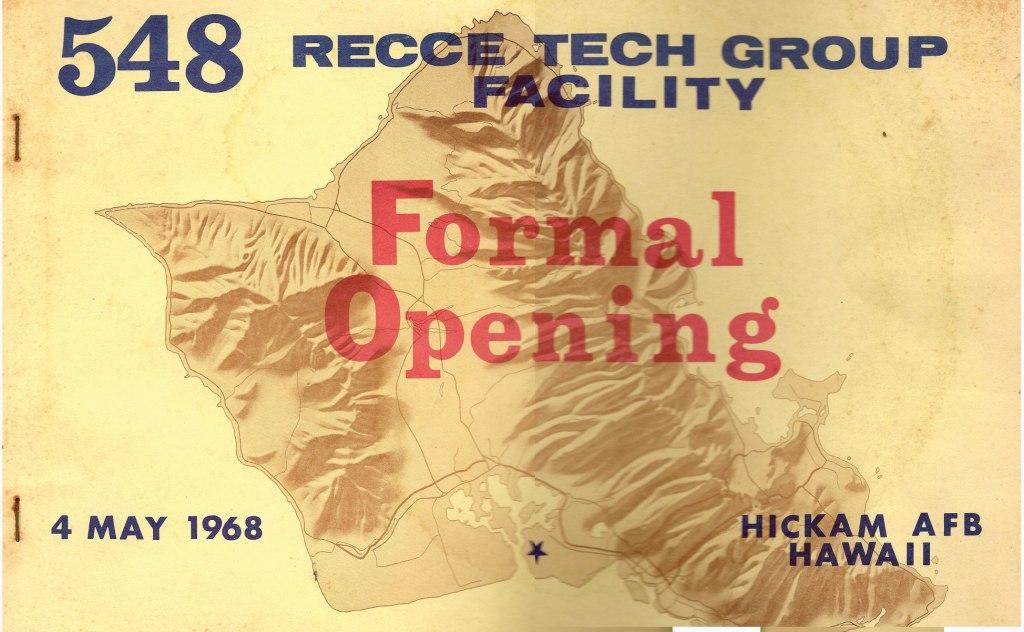
The opening of Hangar Three (Courtesty of Michael Bernstein)
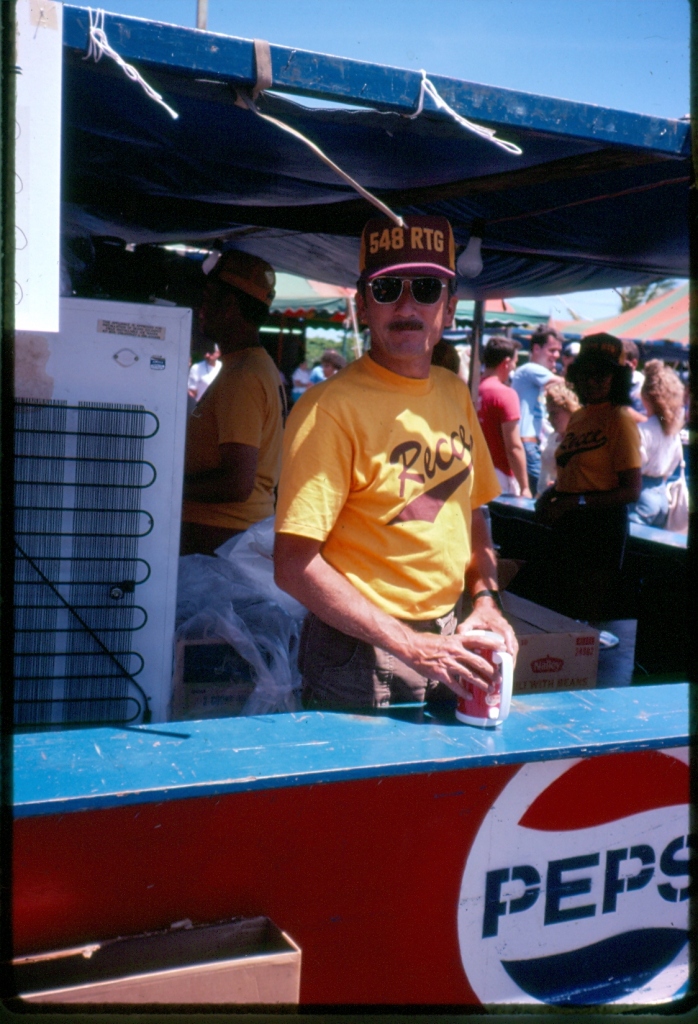
Hickam AFB Youth festival. CMSgt Post (Photo courtesy of Bill Germer’s Facebook page)

1983 Hickam Youth festival. (Photo courtesy of Bill Germer’s Facebook page)
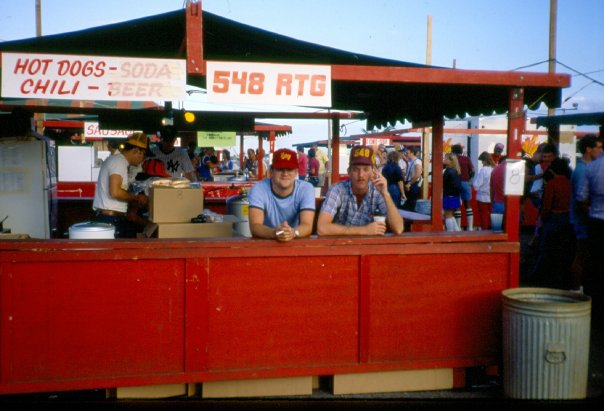
Hickam Youth Festival. Roger Desantis & Ron McKinney (Photo courtesy of Bill Germer’s Facebook page)
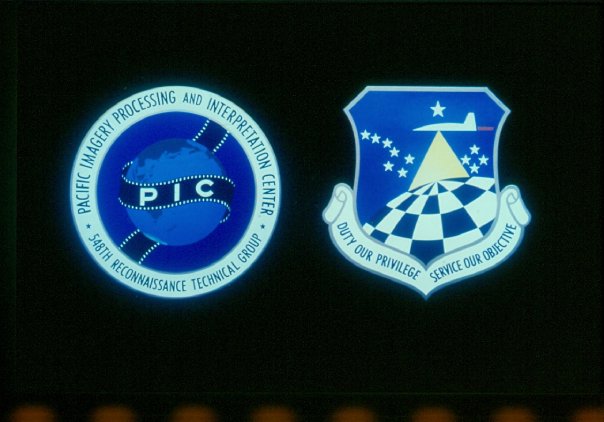
548th/PIC film strip (Courtesy of Bill Germer’ Facebook page)
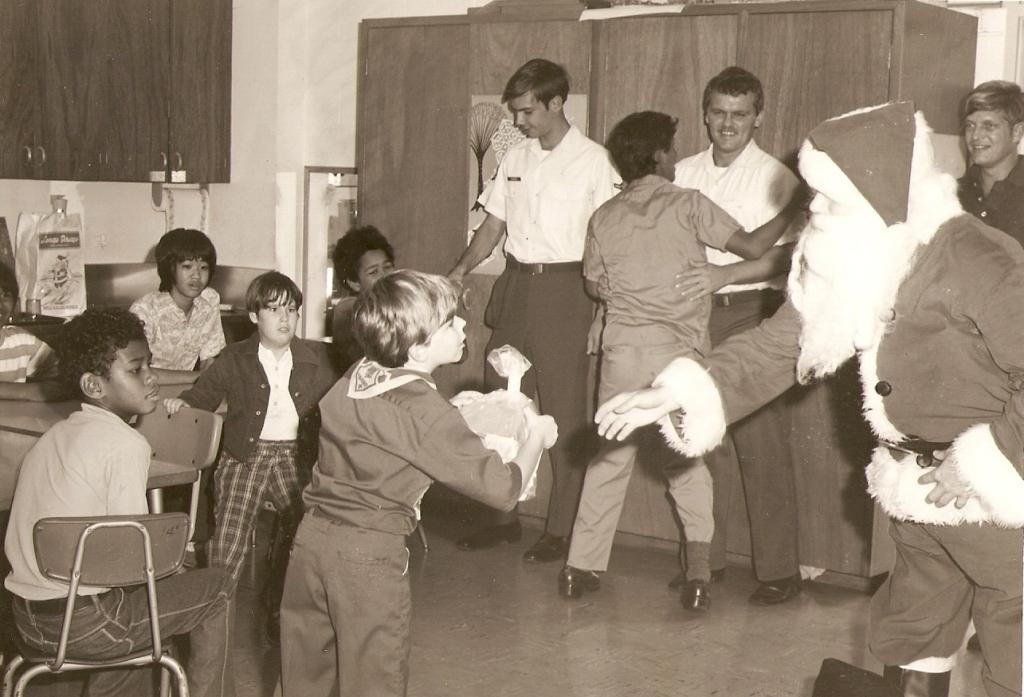
548th helping out Hawaii. Joe Weller as Santa on behalf of the 1st Term Airmans Council. We sponsored a troop of mentally disadvantaged boy scouts and supported them by selling our blood for $17 a pint. That’s Paul Grice & I think a Msgt Johnson in the background. (Photo courtesy of Joe Weller)
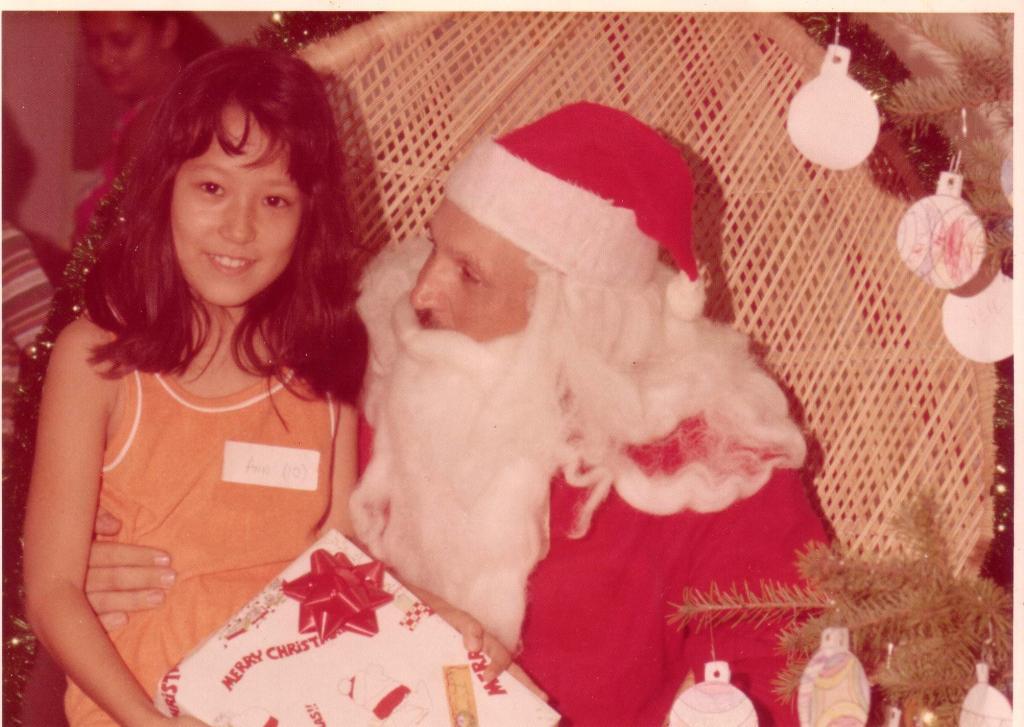
548th Children’s Christmas Party, circ 1979, Ann Forsyth and Santa (Who???) (Photo courtesy of Bill Forsyth)
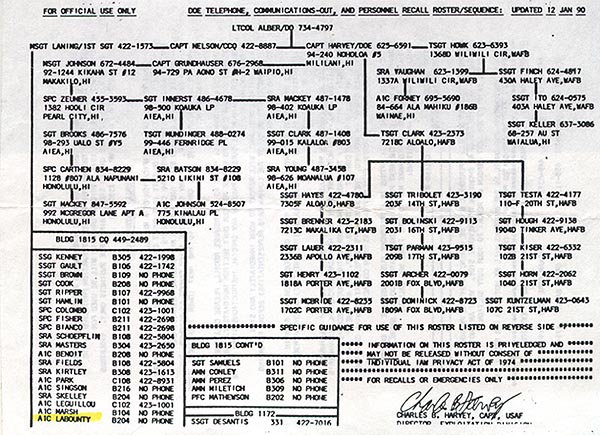
 Allen Marsh says he is not a pack-rat. But for some reason, he still has Brian LaBounty’s DOE recall roster from January 1990. Note how many of the enlisted folks at the bottom have the notation “no phone.” Imagine that happening today. His 9-year-old daughter has a cell phone! (Courtesy of Allen Marsh)
Allen Marsh says he is not a pack-rat. But for some reason, he still has Brian LaBounty’s DOE recall roster from January 1990. Note how many of the enlisted folks at the bottom have the notation “no phone.” Imagine that happening today. His 9-year-old daughter has a cell phone! (Courtesy of Allen Marsh)

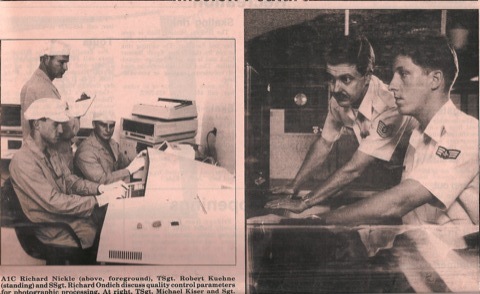

All of these are from the article about the 548th that was printed in the “Hawaiian Falcon” in August of 1989. The top photo shows SSgt Charles Baker and Sgt Ray Nelson. The center left picture shows A1C Richard Nickle, TSgt Robert Kuehne, and SSgt Richard Ondich. The center right photo is TSgt Michael Kiser and Sgt Daniel Kalcun. The bottom photo shows SSgt Bud Phelps and A1C Ashiya Williams. (Courtesy of Herb Boasso)
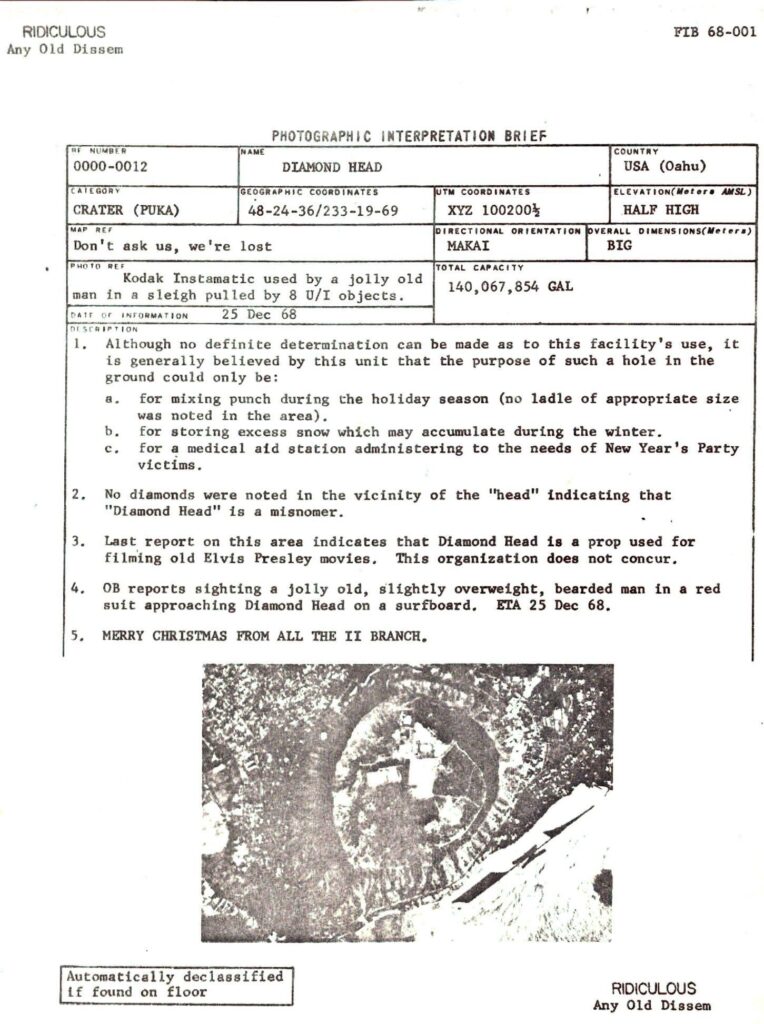
Santa sighting, Christmas at the 548th!! (Courtesy of Tom Kenny)